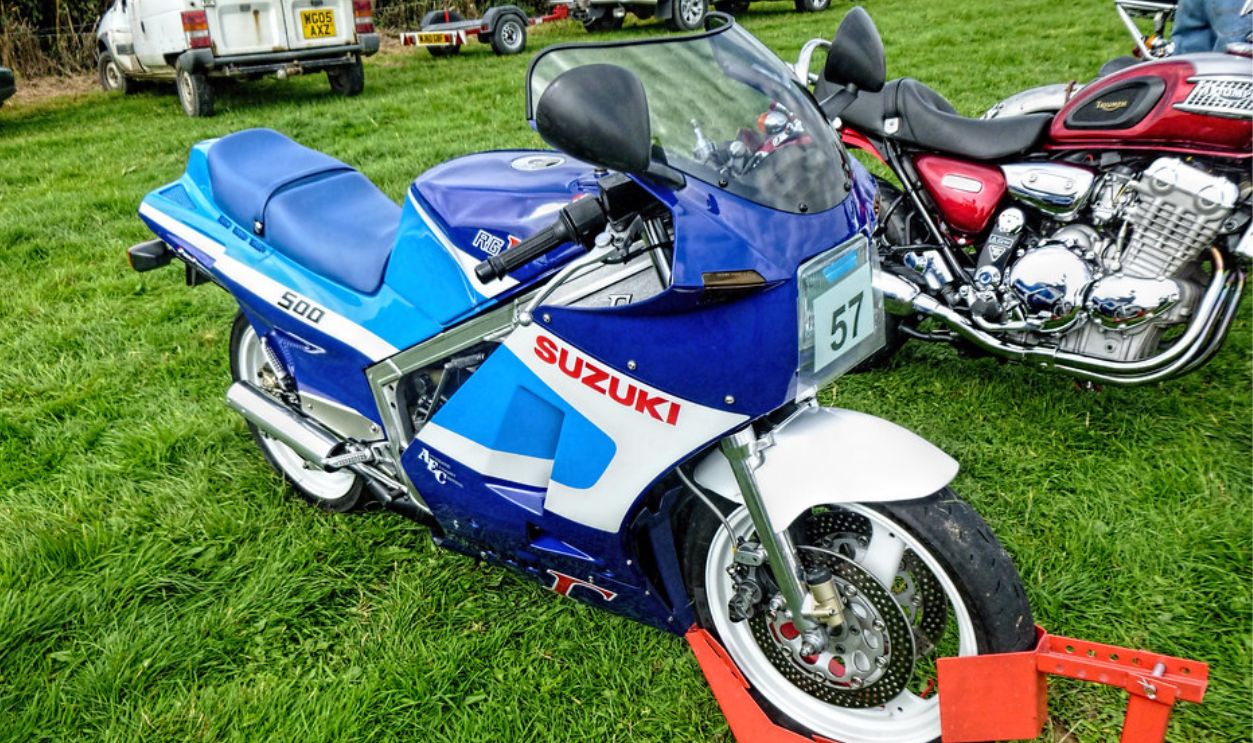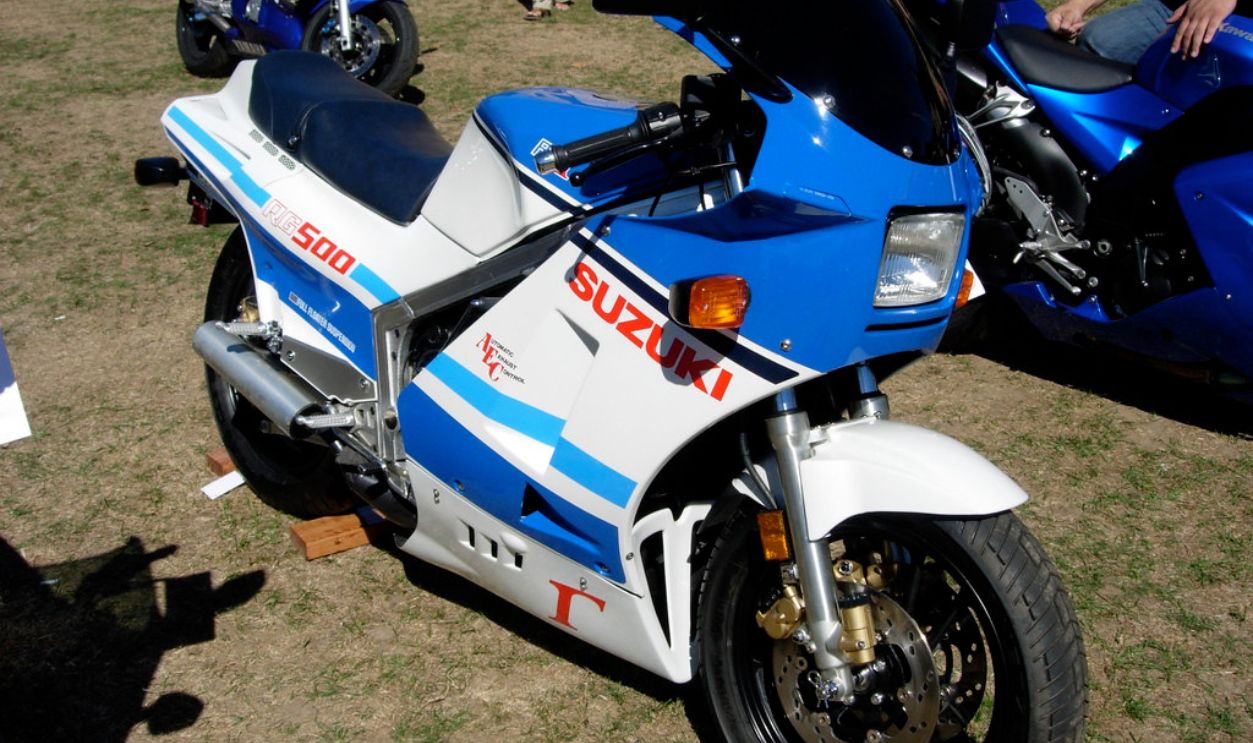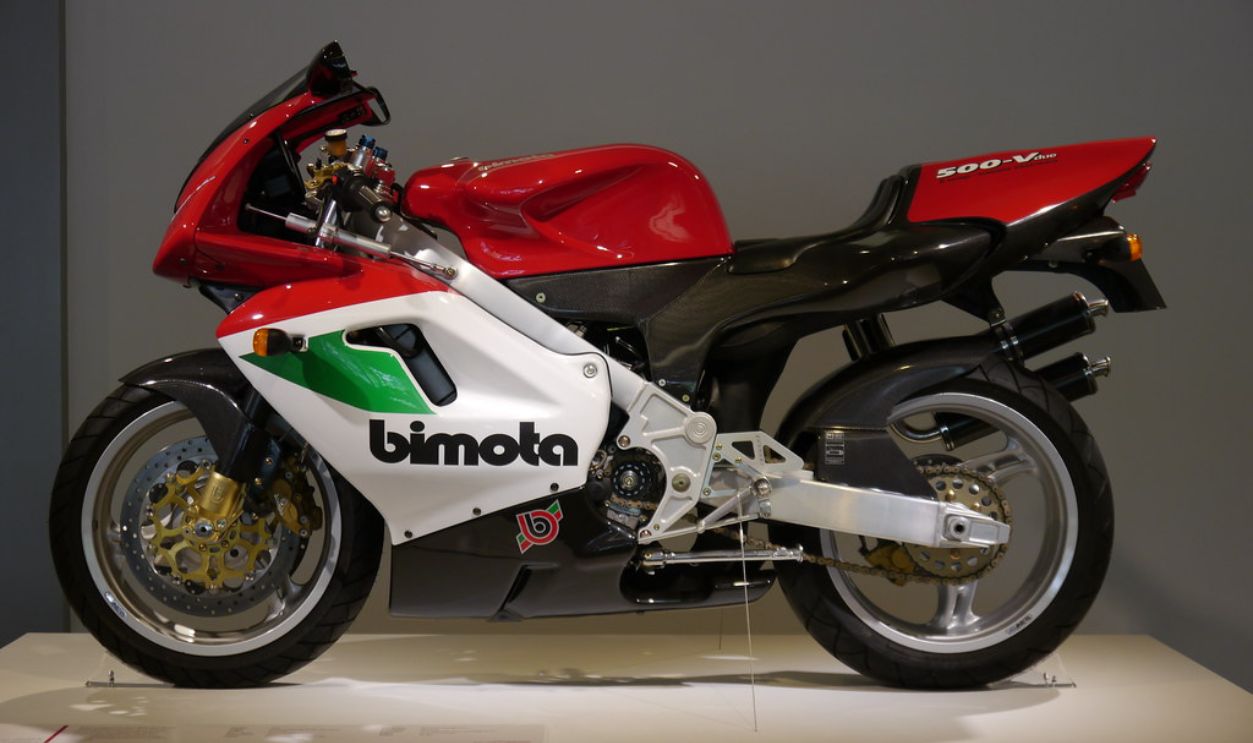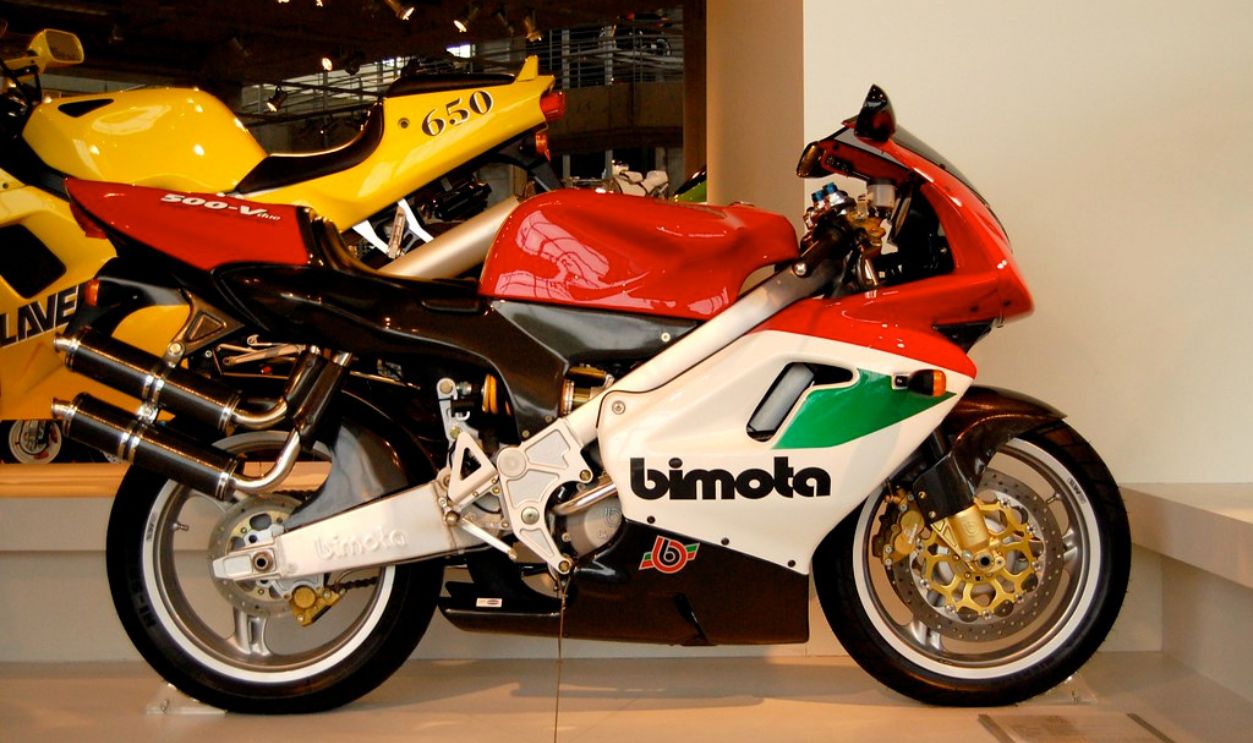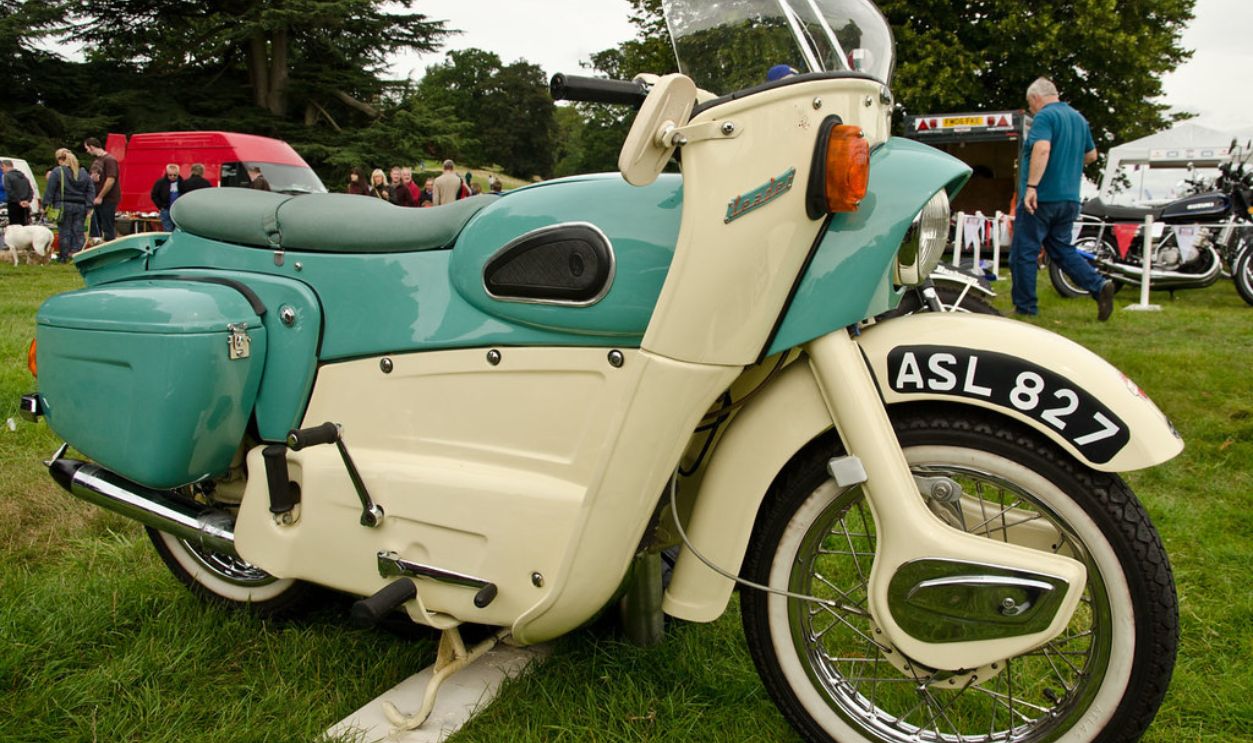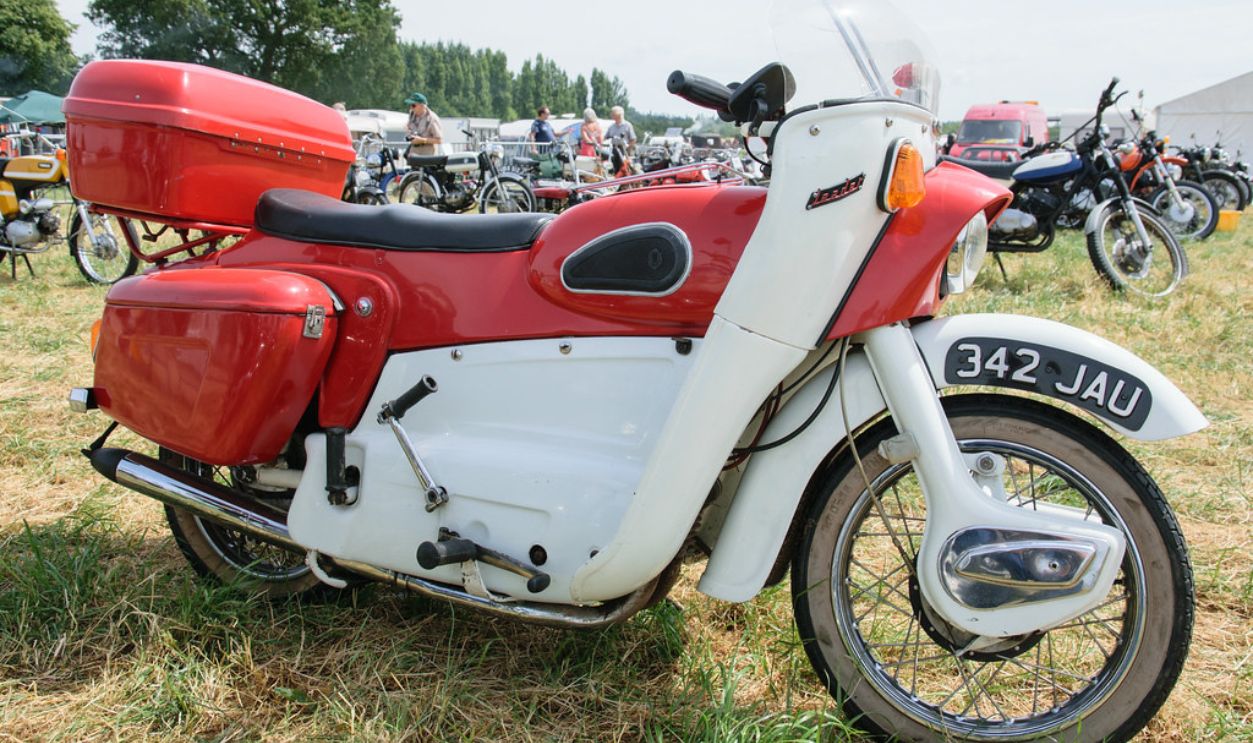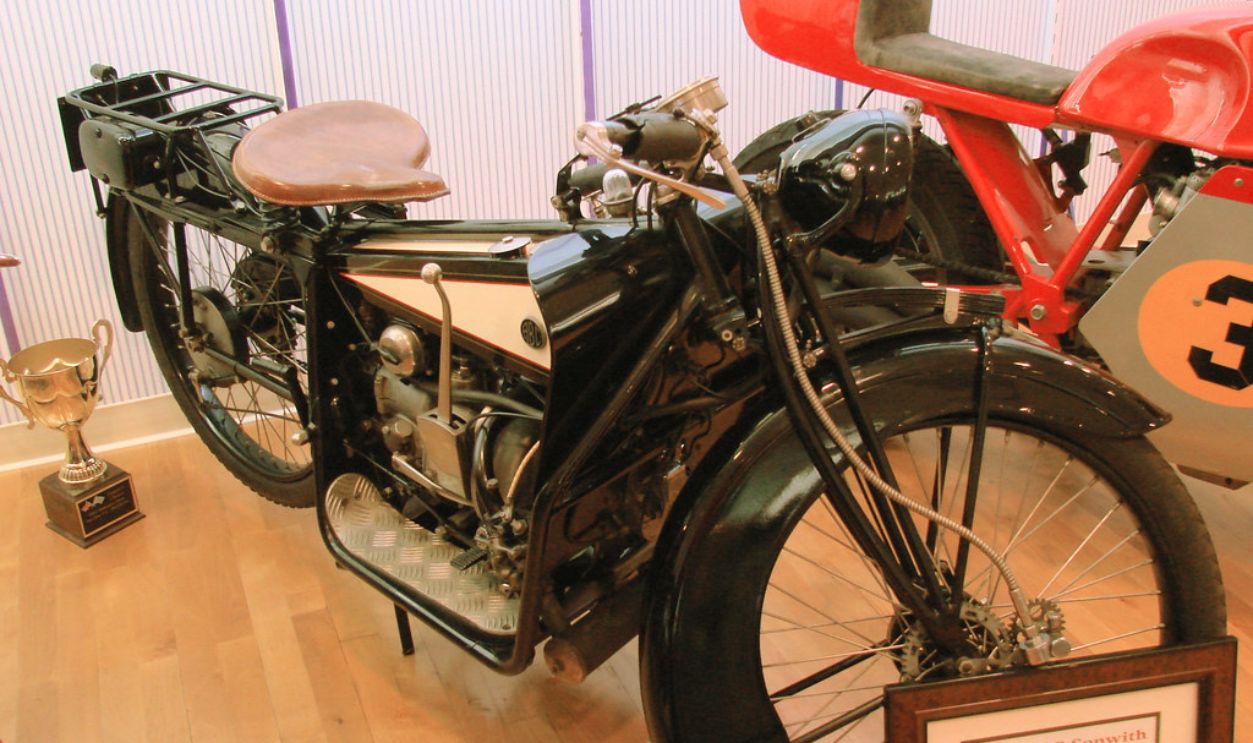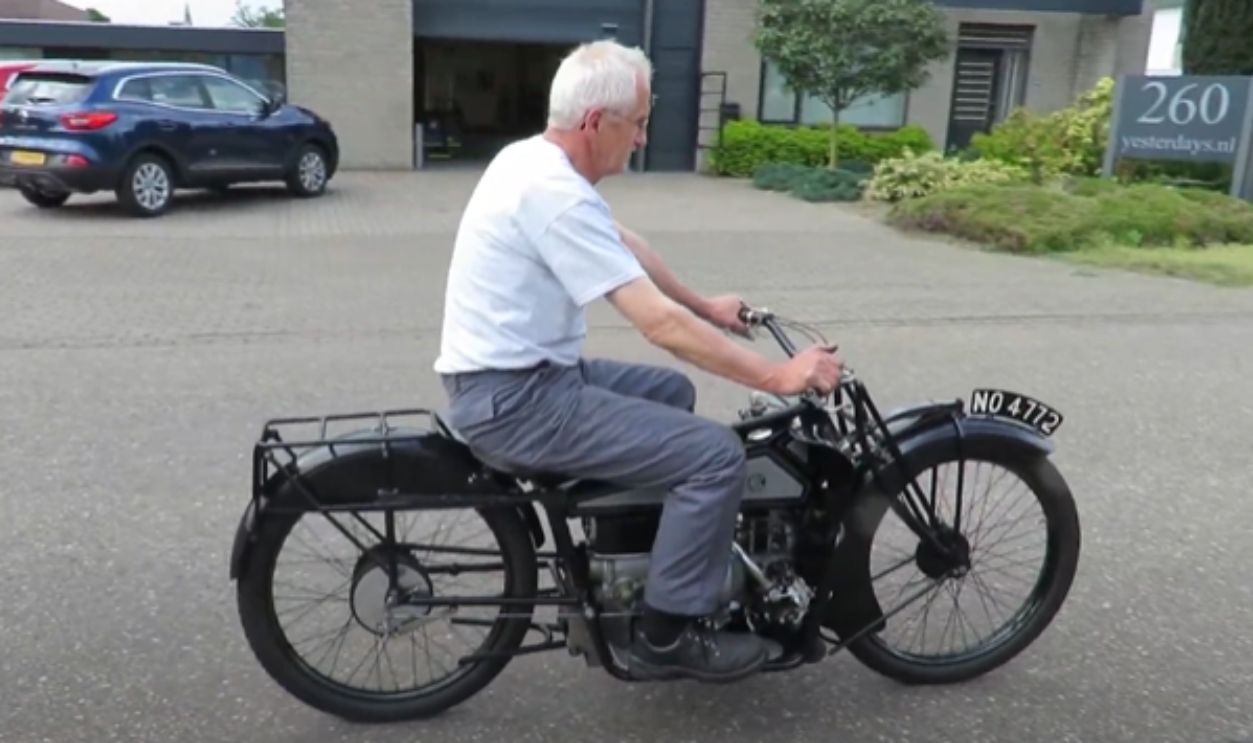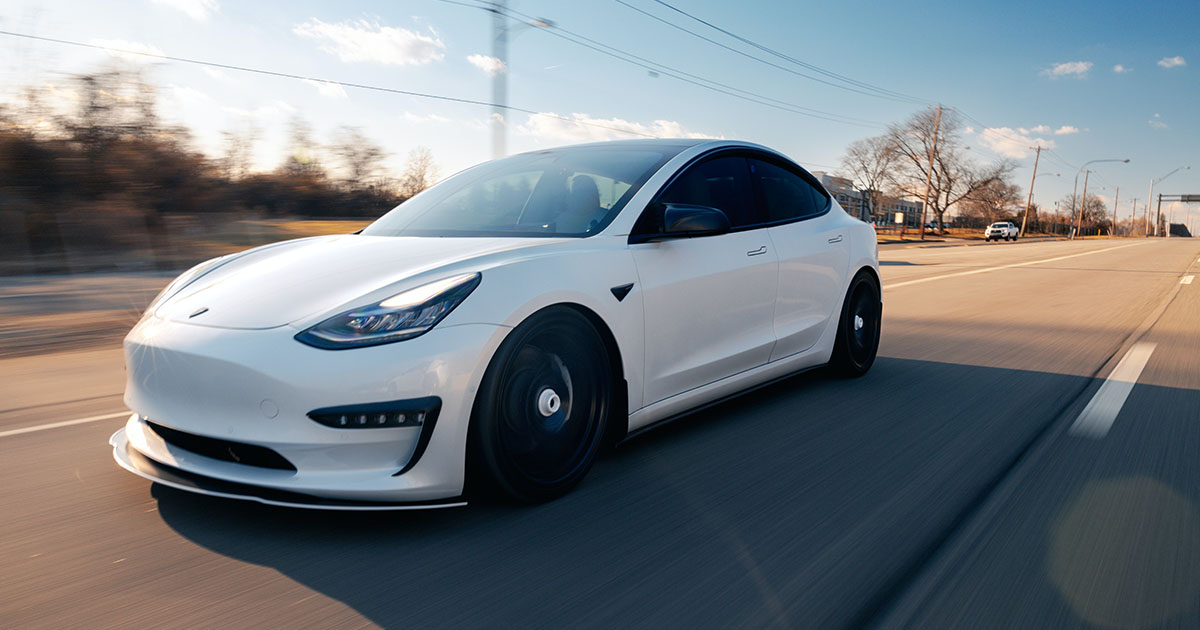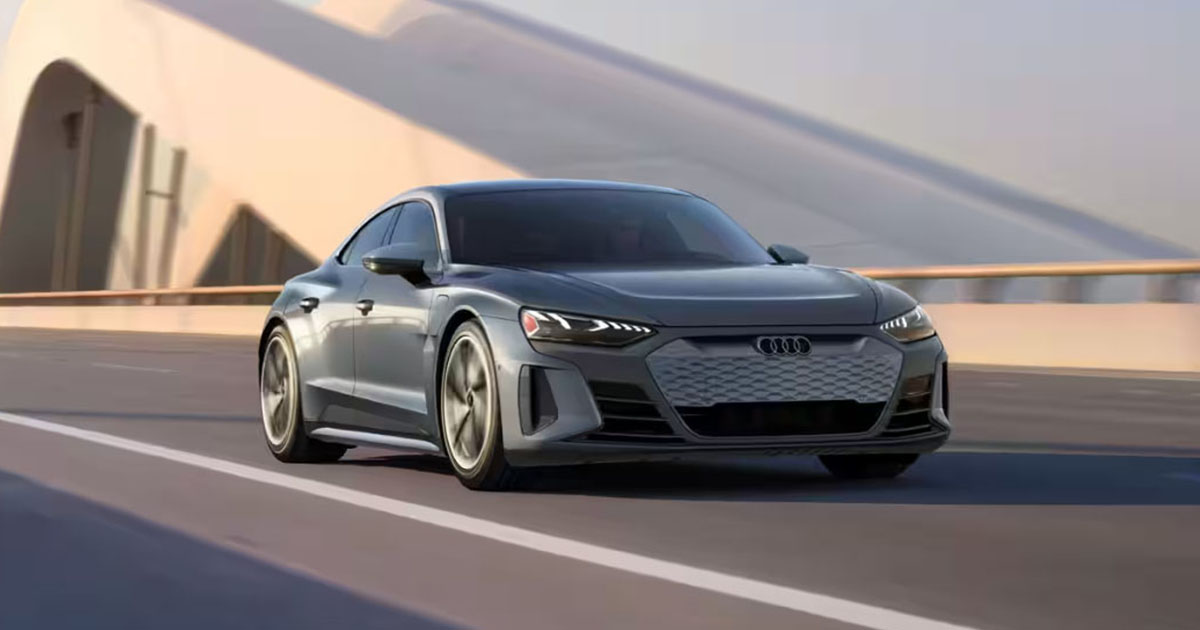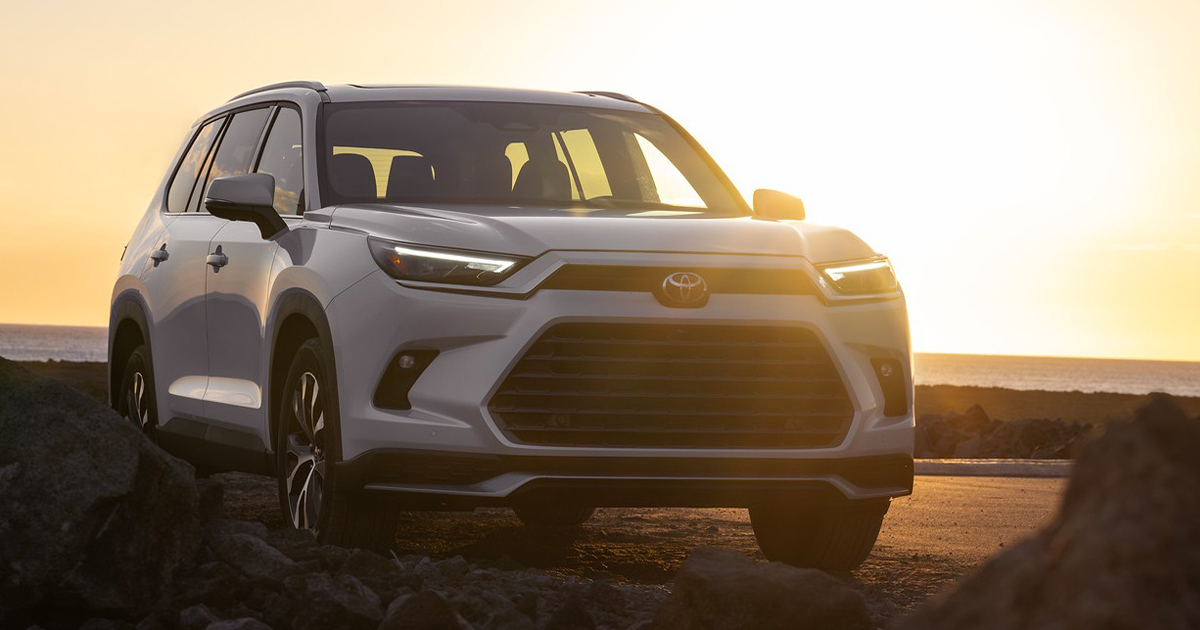Literal Ghost Riders
Every motorcycle tells a story, but some tales end even before they are known. Here are 22 motorcycles that literally became ghost riders. Maybe they went a little too far with the designs or the investment wasn't enough, you'll read it all here.
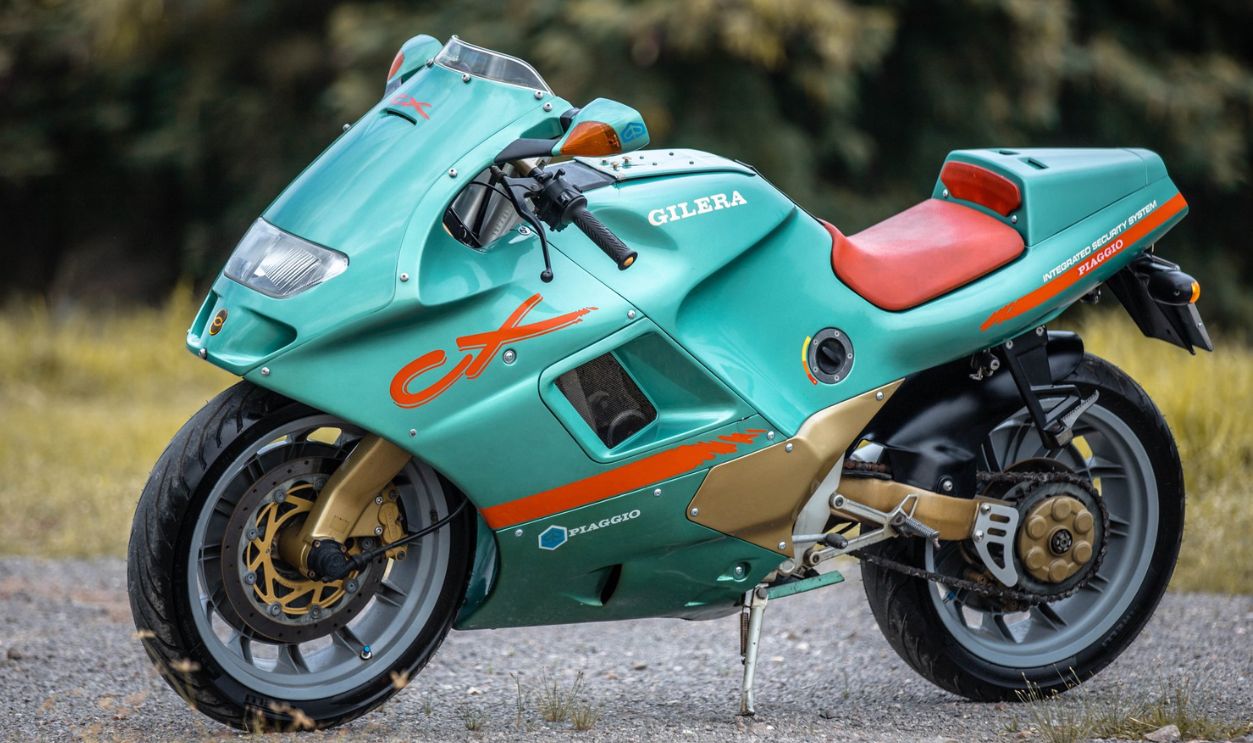
1925 Ner-A-Car
This American marvel featured hub-center steering and a low-slung chassis that made it look more like a scooter than a motorcycle. Its revolutionary design promised unprecedented stability with a COG (center of gravity) just 18 inches off the ground. Engineers praised its technical brilliance, but riders found its unusual controls bewildering.
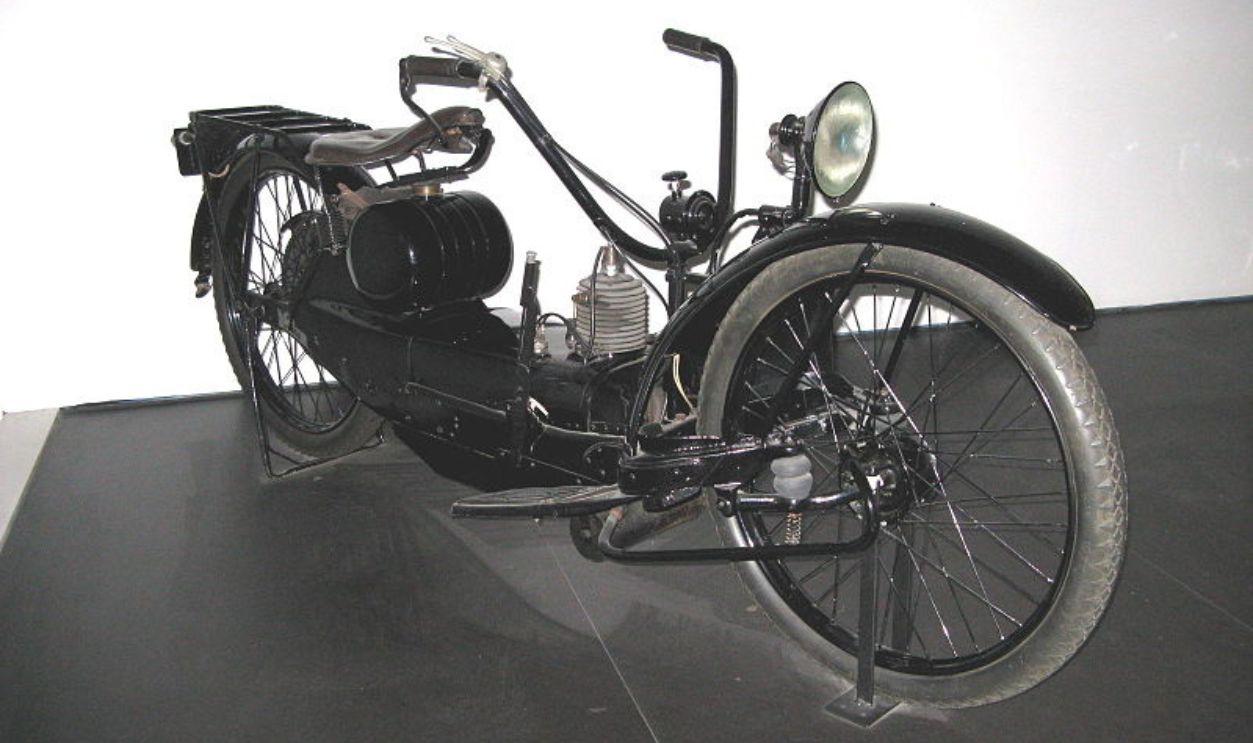 Museumsfotografierer, Wikimedia Commons
Museumsfotografierer, Wikimedia Commons
1925 Ner-A-Car (Cont.)
The Ner-A-Car's radical departure from traditional motorcycle architecture proved too much for conservative buyers in the 1920s. Despite selling around 10,000 units across the U.S. and U.K., production costs and limited appeal forced its creators to cease operations by 1927. Today, fewer than 50 examples survive.
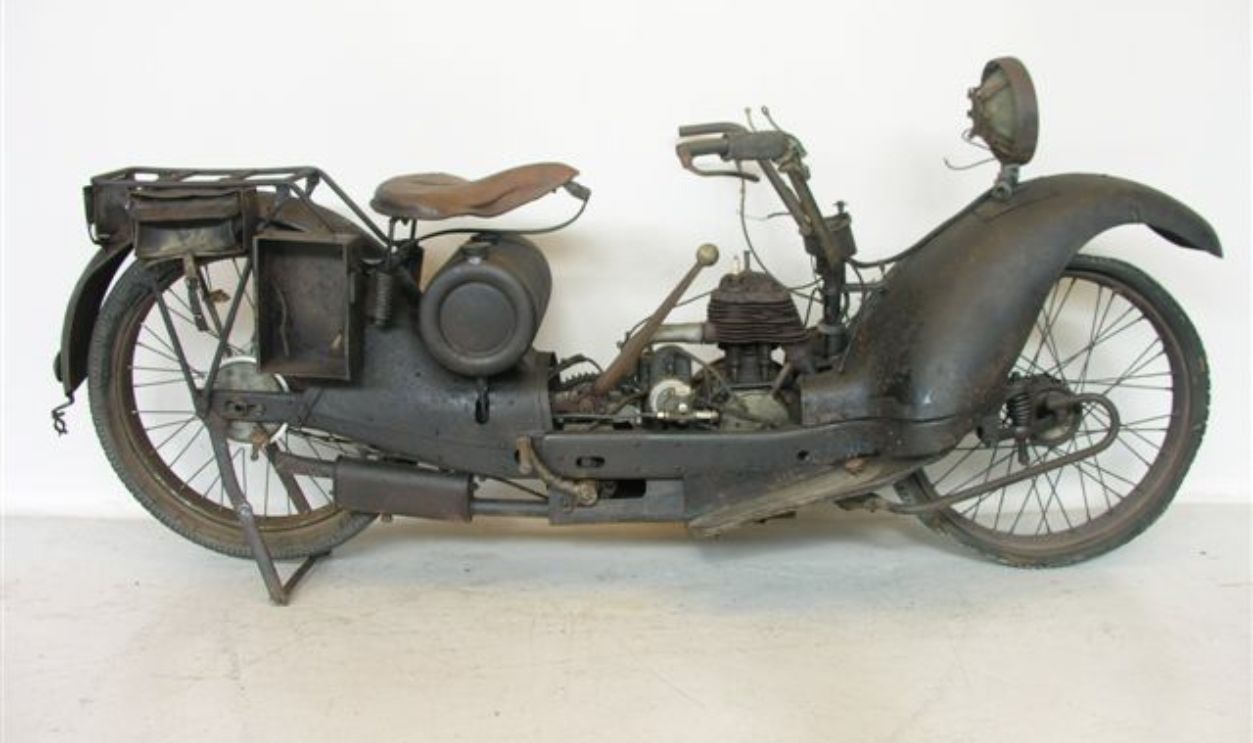 Yesterdays Antique Motorcycles Classic Motorcycle Archive, CC BY-SA 3.0, Wikimedia Commons
Yesterdays Antique Motorcycles Classic Motorcycle Archive, CC BY-SA 3.0, Wikimedia Commons
1975 Hercules W2000
This German oddity was the first production motorcycle powered by a Wankel rotary engine—a rotating triangular rotor within a housing to convert pressure into rotating motion, instead of the traditional piston-driven method. Its smooth-running 294cc powerplant produced 27 horsepower and could propel riders to speeds over 90 mph.
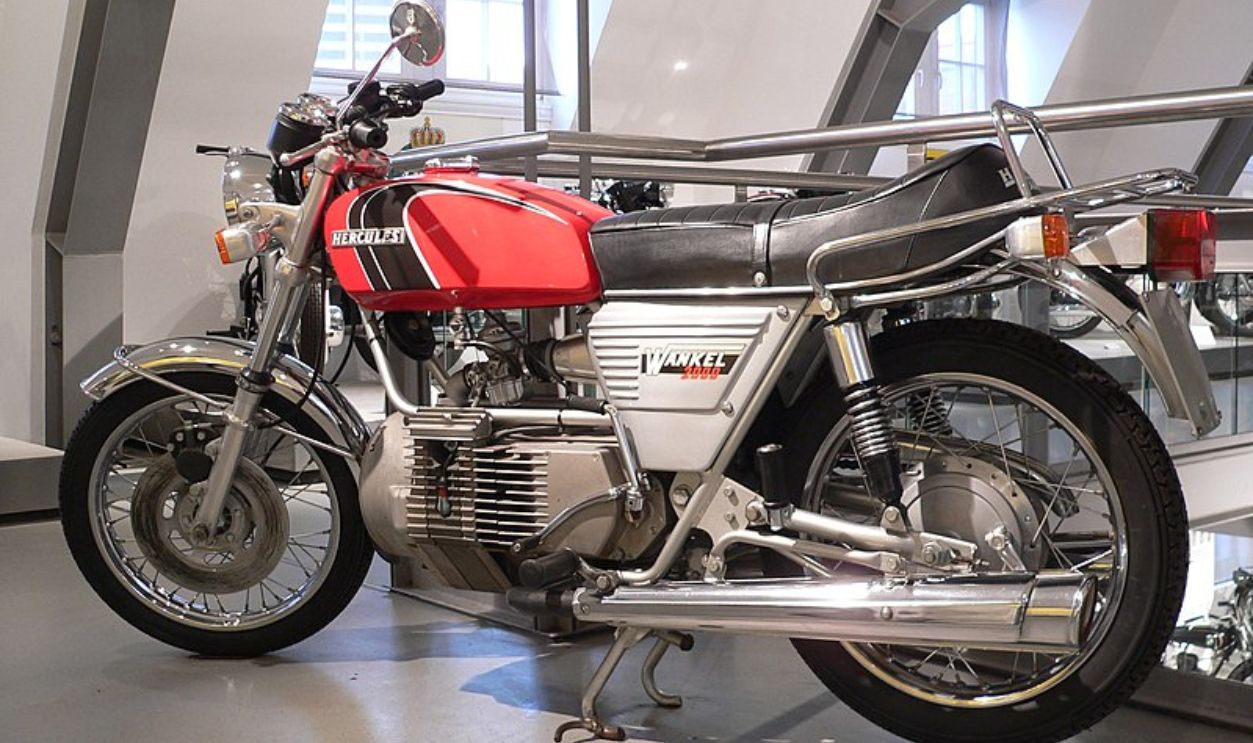 Joachim Köhler, CC BY-SA 3.0, Wikimedia Commons
Joachim Köhler, CC BY-SA 3.0, Wikimedia Commons
1975 Hercules W2000 (Cont.)
The W2000's futuristic engine drew curious onlookers at every stop. Unfortunately, this design was fuel and oil hungry and this skyrocketed the operating costs. It also had issues with reliability and a complex cooling system that just didn't cut it. The experiment effectively ended Hercules' motorcycle division.
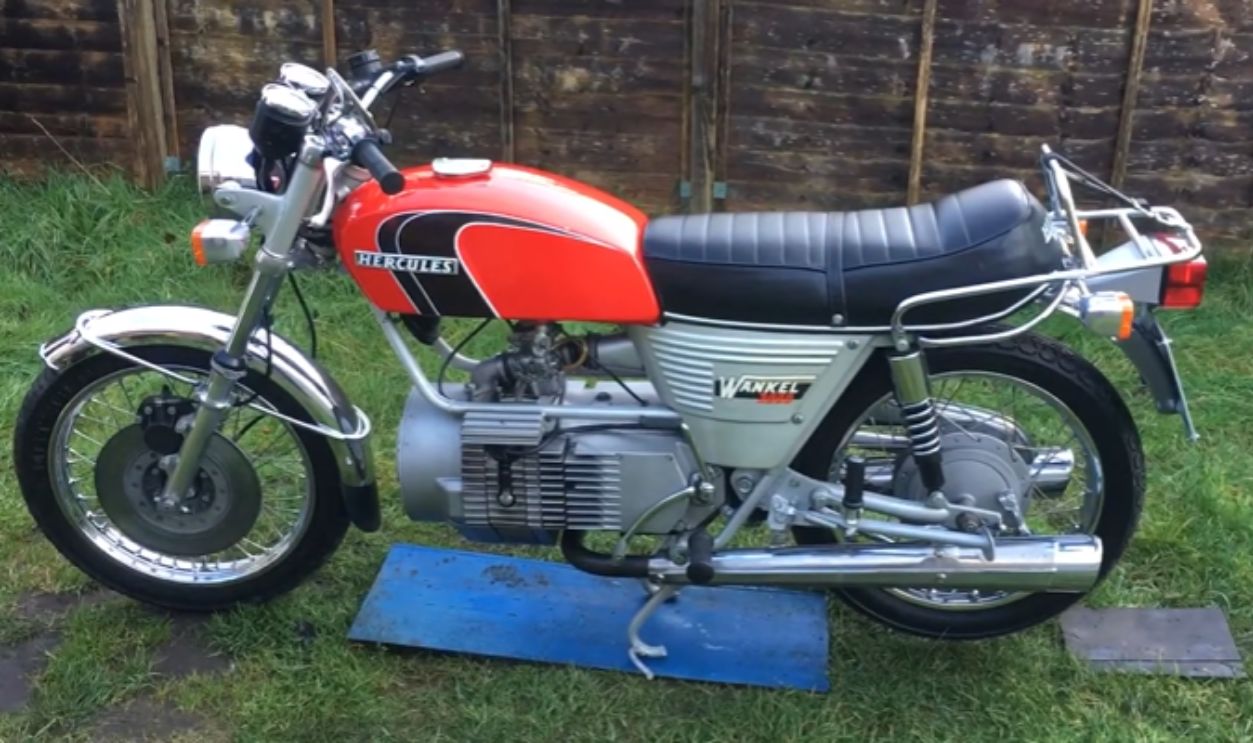 Hercules W2000 by morini500dave
Hercules W2000 by morini500dave
1991 Gilera CX125
Gilera, an Italian manufacturer, shocked the motorcycle world with this radical small-displacement sport bike that the public was not ready for because they preferred the conventional designs. Its most striking feature was a single-sided front suspension system that left one side of the front wheel completely open.
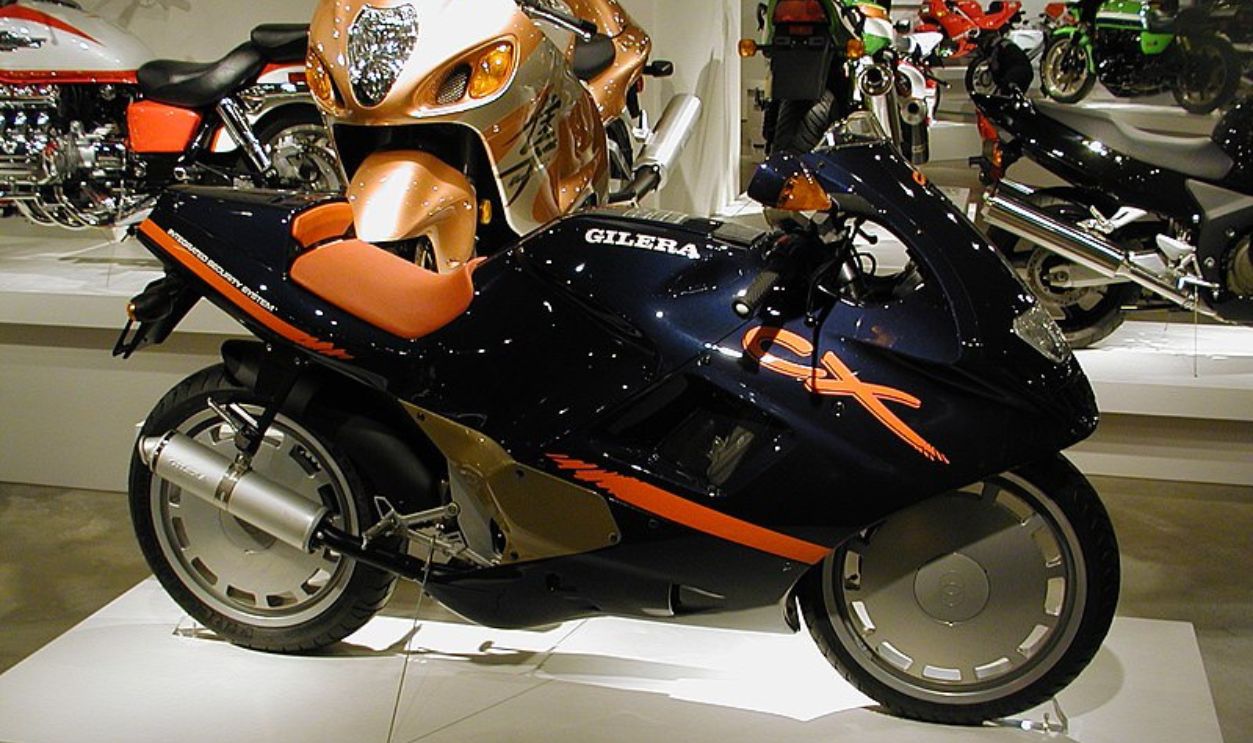 MikeSchinkel, CC BY 2.0, Wikimedia Commons
MikeSchinkel, CC BY 2.0, Wikimedia Commons
1991 Gilera CX125 (Cont.)
Even though the wind tunnel testing proved its aerodynamic superiority over conventional designs, the buying public wasn't ready for such an avant-garde appearance. It even won design awards, but the poor sales and high production costs ended the CX125's production after just two years.
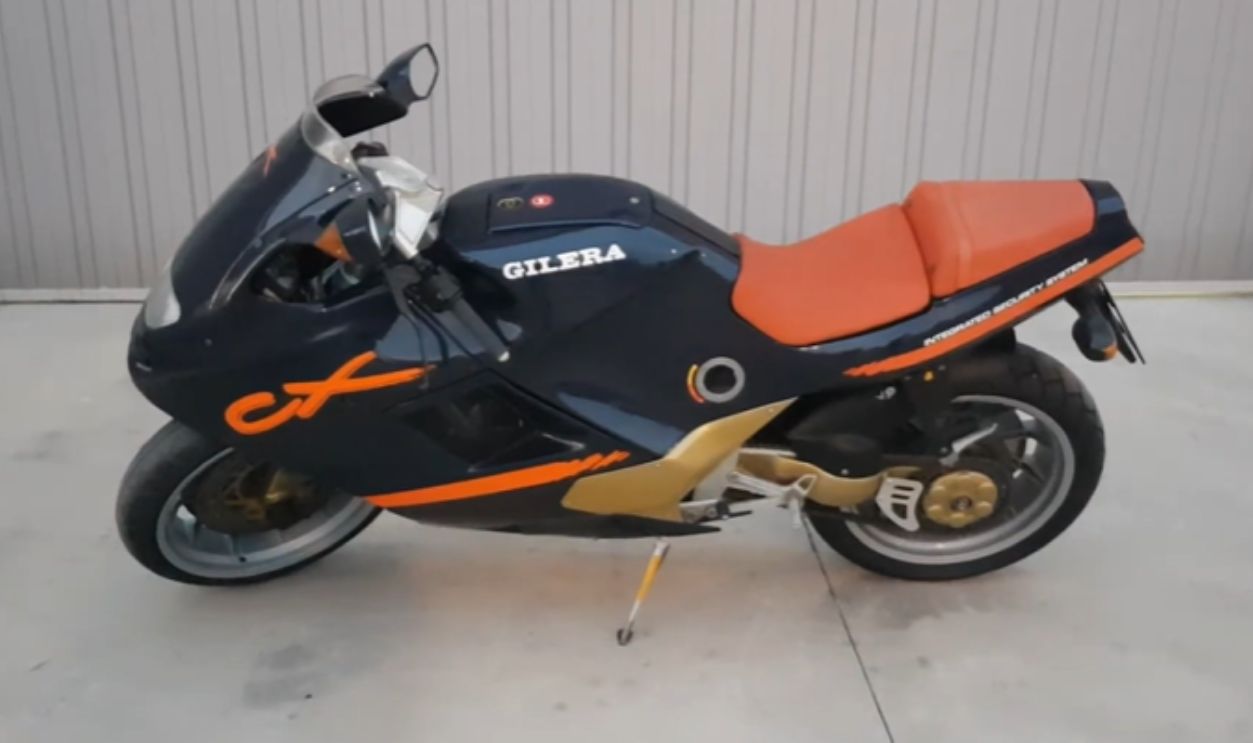 Gilera CX 125 by AMATUMOTO GRAND PRIX MOTORBIKES
Gilera CX 125 by AMATUMOTO GRAND PRIX MOTORBIKES
1928 McEvoy
In 1928, British racing champion Cecil McEvoy built this sophisticated overhead-cam machine to challenge the dominance of Brough Superior. He ensured that each bike was hand-assembled using proprietary engines from JAP and Swiss-made Motosacoche. The highlight? The McEvoy set multiple speed records at Brooklands circuit.
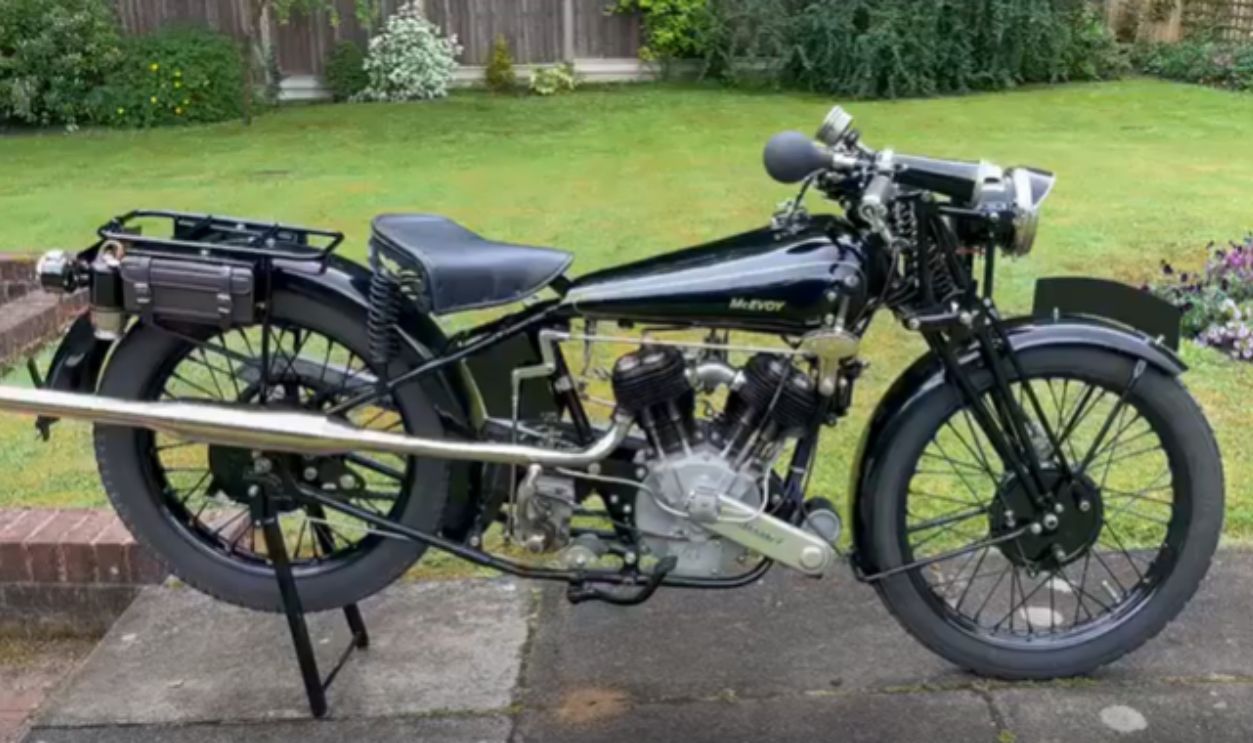 576 1927 McEvoy 980cc Replica by Iconic Auctioneers
576 1927 McEvoy 980cc Replica by Iconic Auctioneers
1928 McEvoy (Cont.)
You'd think the racing pedigree and the craftness plus the speed records will keep McEvoy alive, but nope! The astronomical price tag of £165 (equivalent to £10,000/$12,900 today) limited sales during the Great Depression. Only 20 were built and the surviving examples command six-figure prices at auction.
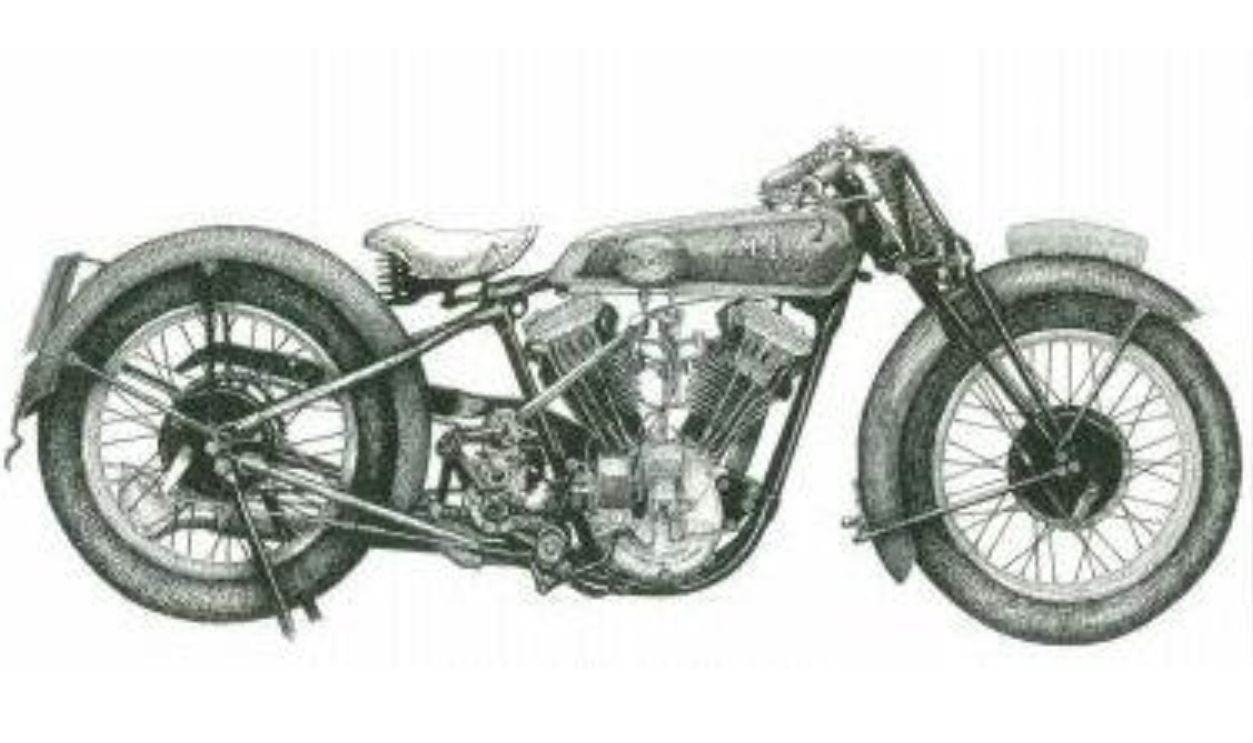 Advertisement, Wikimedia Commons
Advertisement, Wikimedia Commons
1977 MV Agusta 750S America
Despite the name "America," this piece is actually an Italian masterpiece—the pinnacle of MV Agusta's road-going machines. Its race-derived inline-four engine produced 75 horsepower while emitting a spine-tingling howl through four separate exhaust pipes. Each bike required over 40 hours of hand assembly.
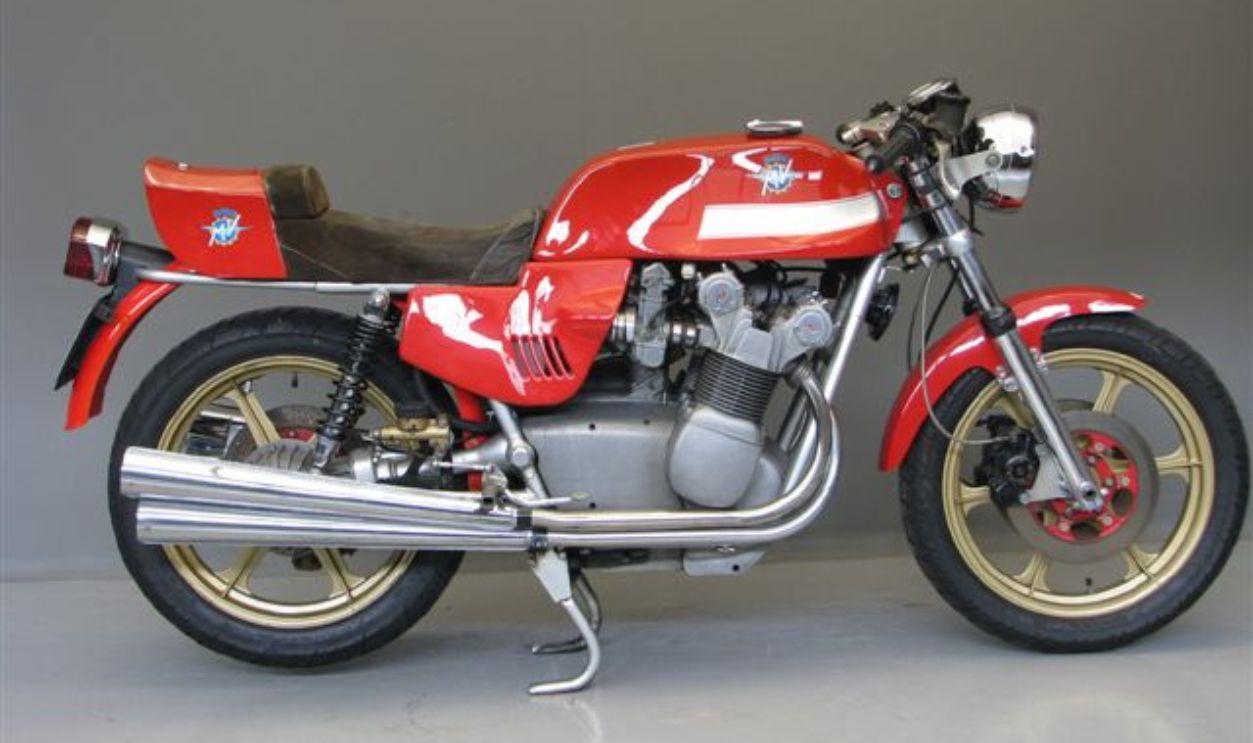 Yesterdays Antique Motorcycles, CC BY-SA 4.0, Wikimedia Commons
Yesterdays Antique Motorcycles, CC BY-SA 4.0, Wikimedia Commons
1977 MV Agusta 750S America (Cont.)
The main reason we don't experience the 750S' on our roads today is the sky-high production costs. The intensifying Japanese competition also spelled doom for this aristocrat of motorcycles. When production ended in 1979, fewer than 600 units had been built. The 750S America marked the end of MV Agusta.
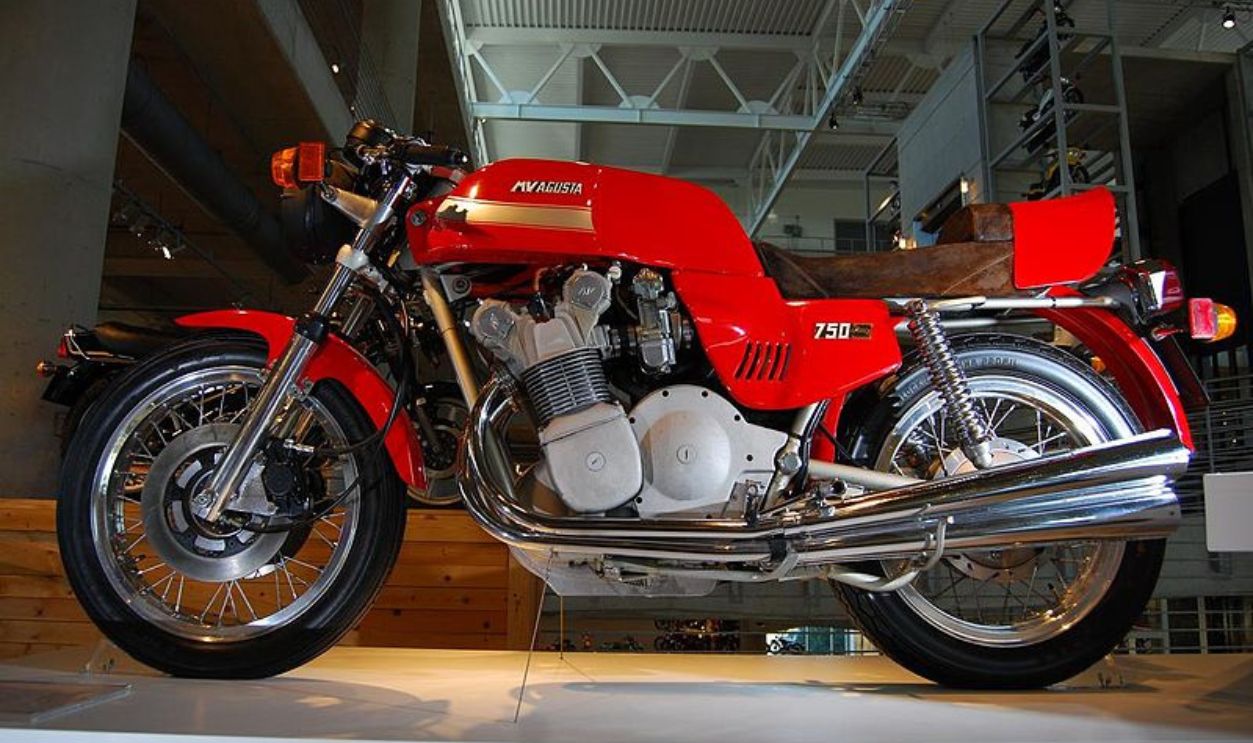 Ytak171, CC BY-SA 3.0, Wikimedia Commons
Ytak171, CC BY-SA 3.0, Wikimedia Commons
1994 Yamaha GTS1000
We see Yamahas everywhere today, but did you know their touring bike featuring James Parker's revolutionary RADD front suspension system didn't make the cut? The goal was to replace traditional forks with a car-style wishbone arrangement. ABS brakes and catalytic converters were pioneering, and the 1000cc engine delivered effortless power.
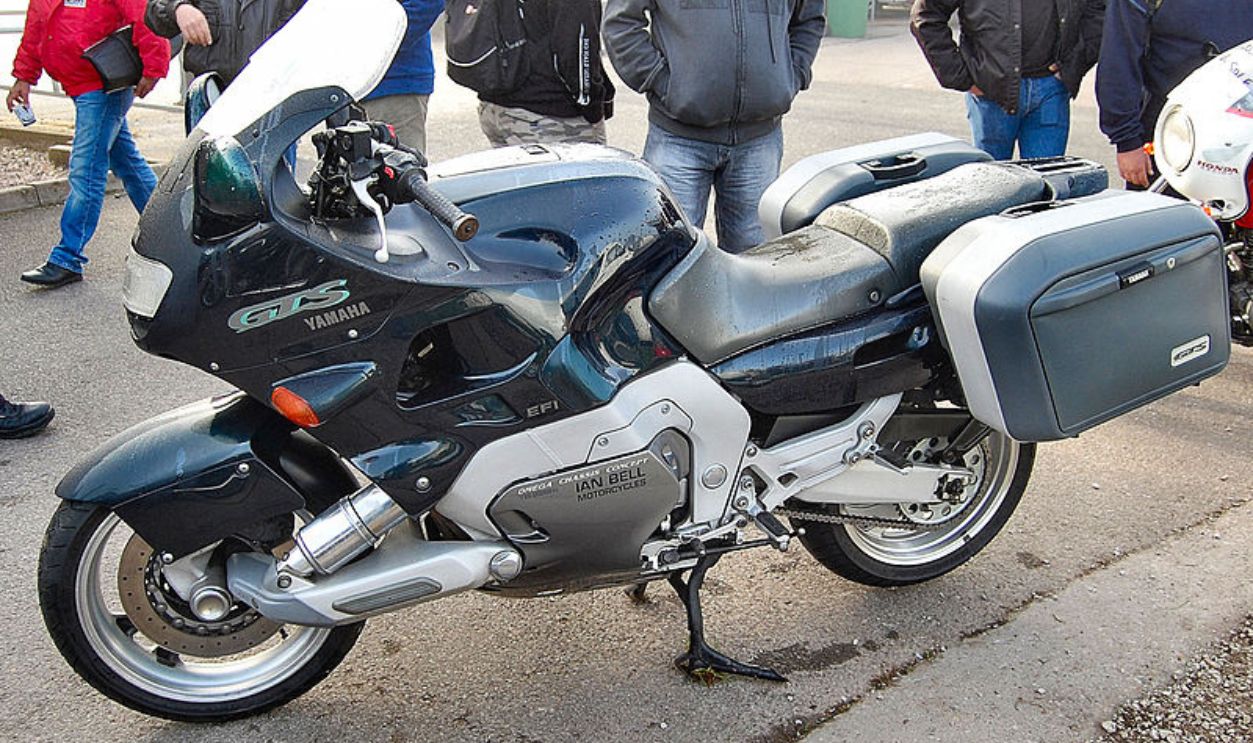 Ronald Saunders, CC BY-SA 2.0, Wikimedia Commons
Ronald Saunders, CC BY-SA 2.0, Wikimedia Commons
1994 Yamaha GTS1000 (Cont.)
The complex front end of the GTS1000 required specialized maintenance and this added significant weight and cost. Nevertheless, production lasted just two years, with only 3,000 units sold worldwide. Priced at nearly double its conventional competitors, the GTS1000 found few buyers.
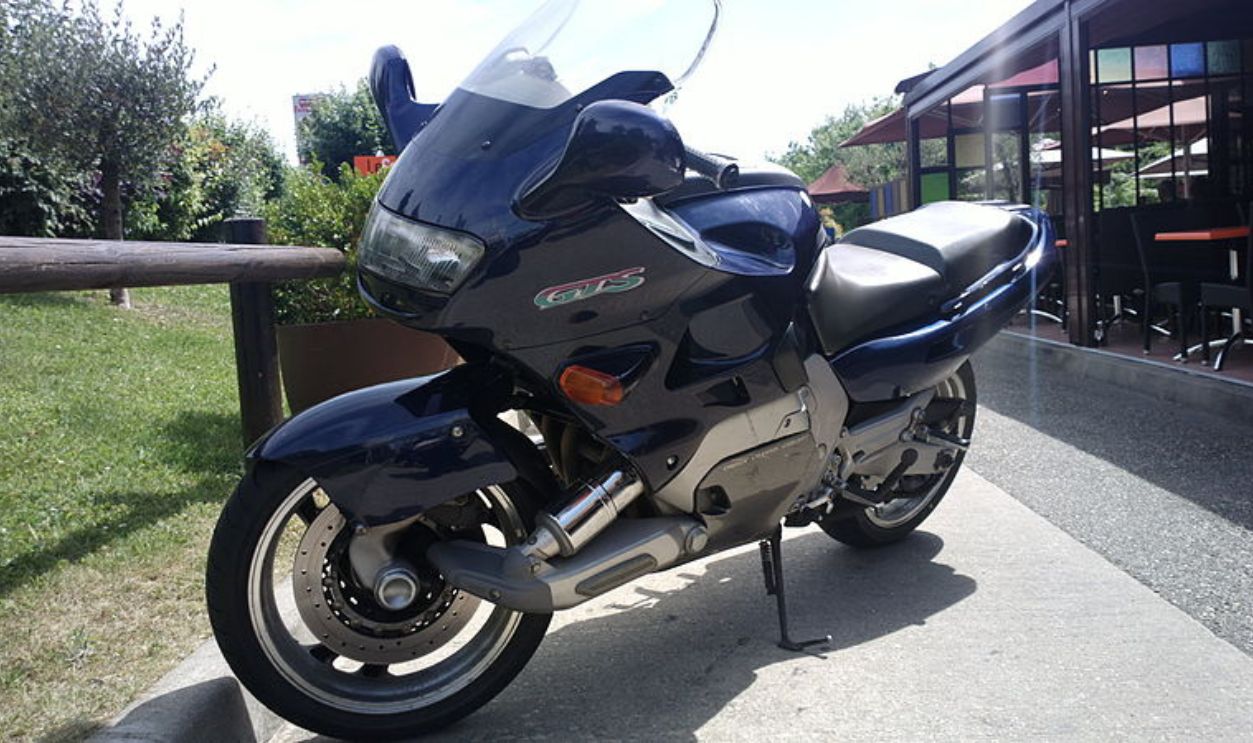 TheMalsa, CC BY-SA 3.0, Wikimedia Commons
TheMalsa, CC BY-SA 3.0, Wikimedia Commons
1939 Crocker
American craftsman Al Crocker built what many consider the finest prewar motorcycle. Its massive 1000cc V-twin engine routinely outperformed Harley-Davidsons and Indian motorcycles of the era. Each bike came with a money-back guarantee to beat any other production motorcycle in a race.
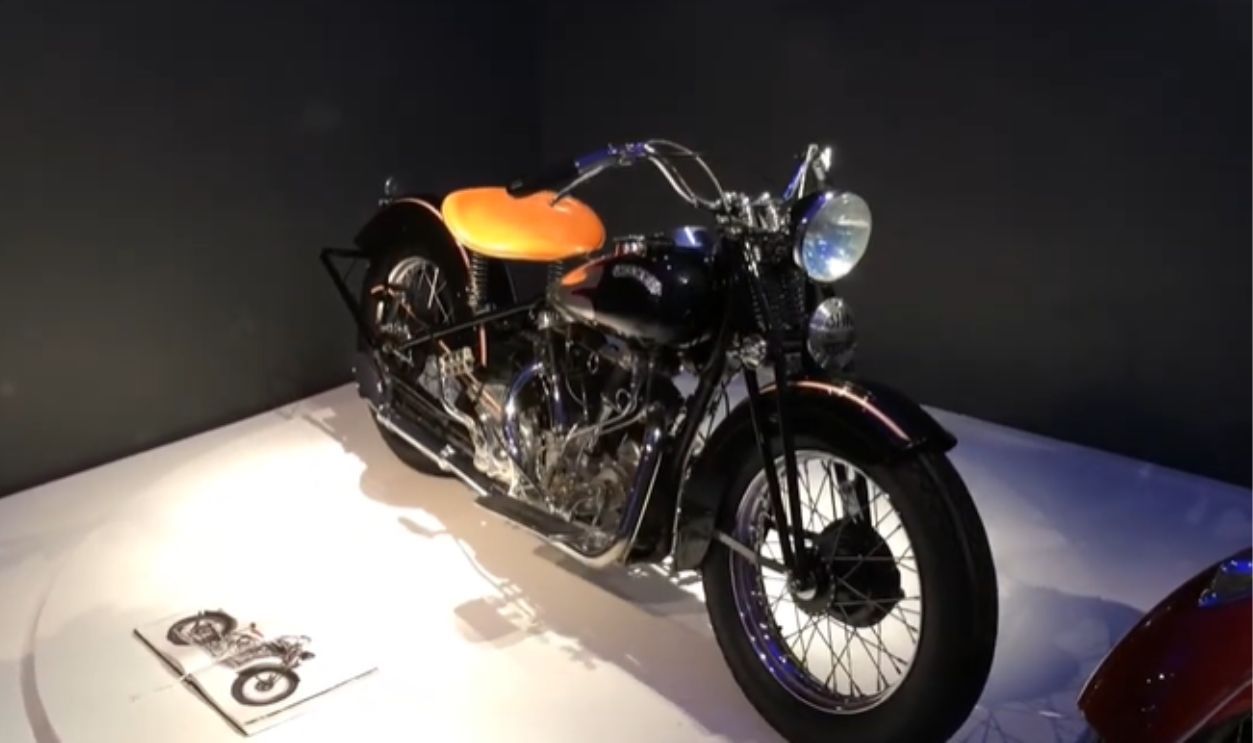 Crocker motorcycle 1939 from MC Collection by MC Collection museum
Crocker motorcycle 1939 from MC Collection by MC Collection museum
1939 Crocker (Cont.)
Despite all the accolades, production halted during WWII as the factory transitioned to military manufacturing. After the war, Crocker faced intense competition, as well as post-war material shortages. Only 72 Crocker motorcycles were ever built, and it made their status one of the most valuable motorcycles in history.
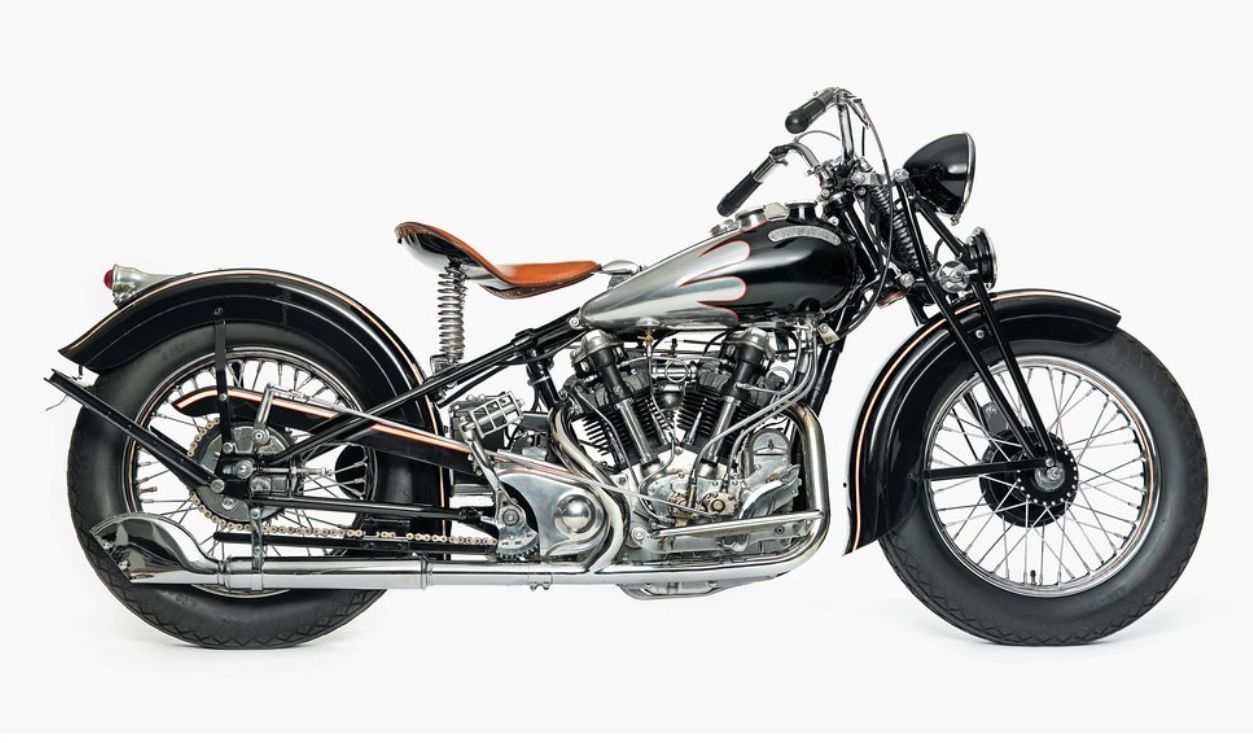 MC Collection - Icons of Motorcycle Design, Flickr
MC Collection - Icons of Motorcycle Design, Flickr
1974 Münch Mammut
German motorcycle engineers also dominated when Friedl Münch created this mechanical beauty around a four-cylinder NSU car engine. The massive 1200cc powerplant required special frame construction and an oversized 16-inch rear tire to handle its torque. Each bike was built to order with numerous custom options.
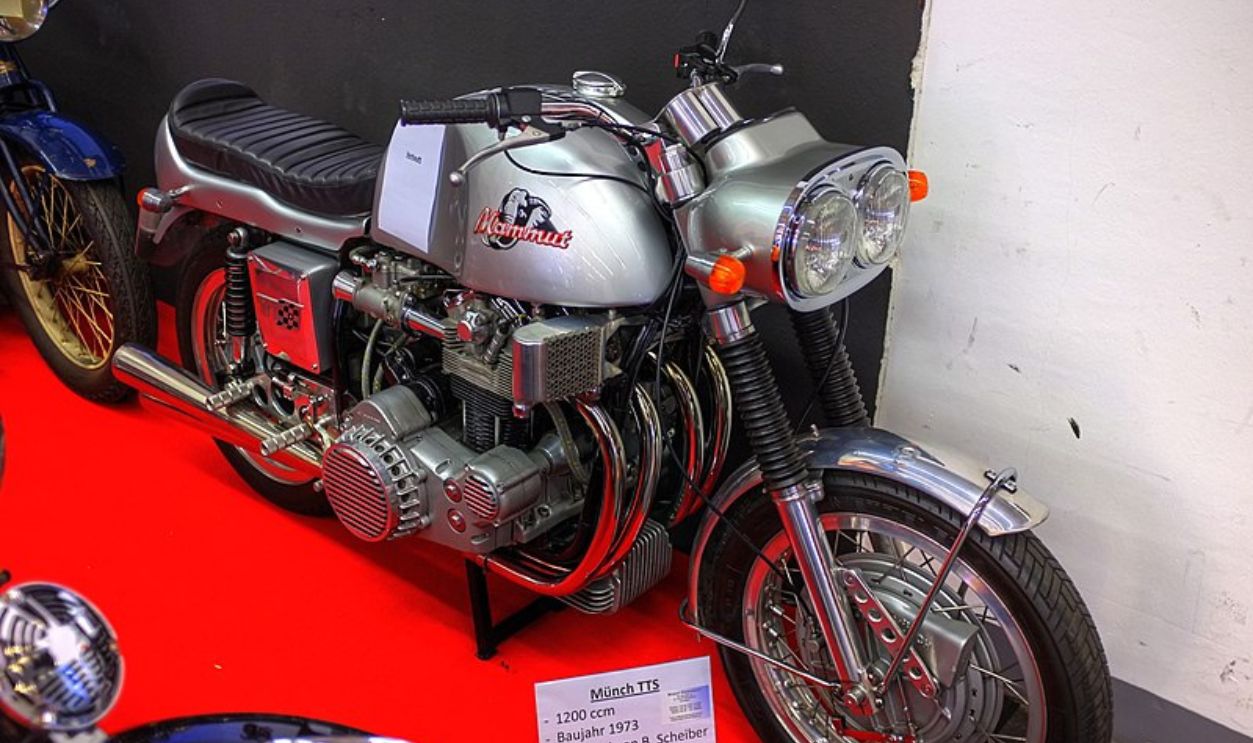 Triple-green, CC BY-SA 2.0, Wikimedia Commons
Triple-green, CC BY-SA 2.0, Wikimedia Commons
1974 Münch Mammut (Cont.)
The handbuilt customizable nature meant one thing—an astronomical price tag which bore a limited production of fewer than 500 units. There was also the 1973 oil crisis which made the fuel-hungry beast impractical for most riders. The company also declared bankruptcy in 1975 and ceased its production under Münch's control.
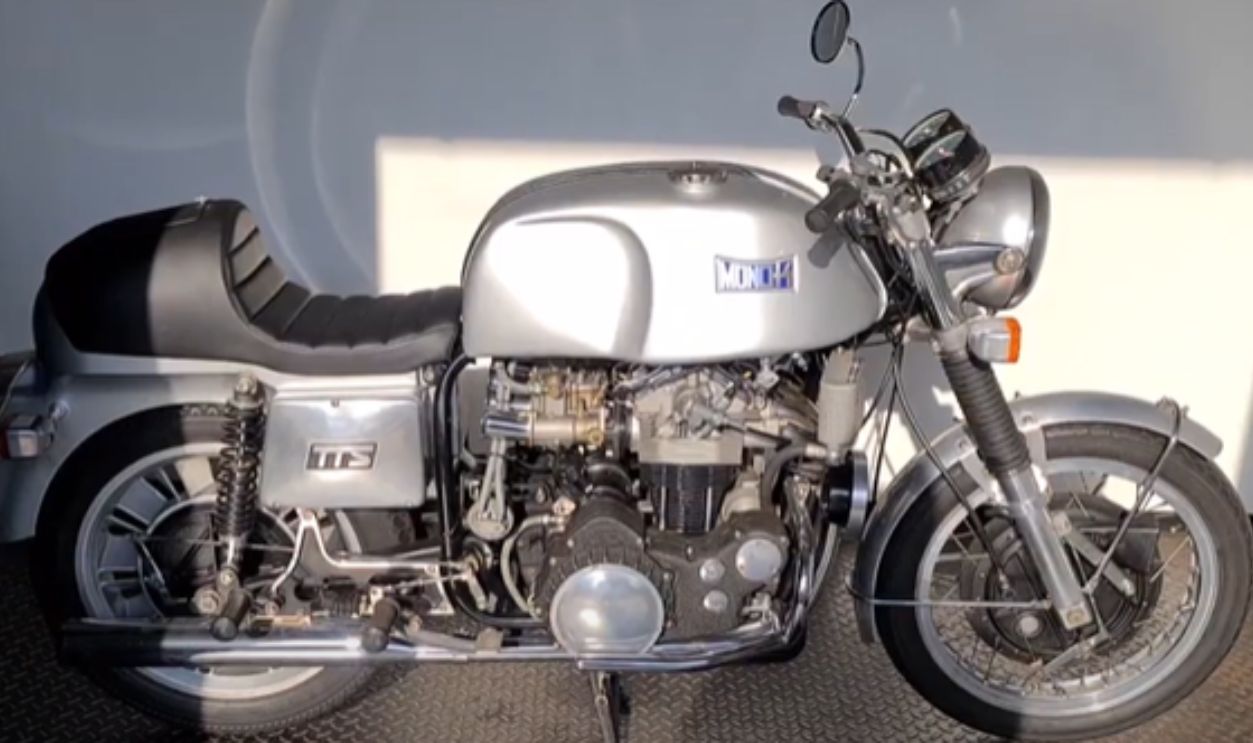 Muench 1200 TTS or Münch 1200 TTS Mammoth or Mammut NSU ENGINE by Wolfgang Fuchs Motorrad Fuchs
Muench 1200 TTS or Münch 1200 TTS Mammoth or Mammut NSU ENGINE by Wolfgang Fuchs Motorrad Fuchs
1955 Vincent Black Prince
Vincent's fully-enclosed motorcycle represented company founder Philip Vincent's vision of motorcycling's future. Full fiberglass bodywork protected rider and machine from weather while reducing aerodynamic drag. The 998cc V-twin engine was the true benchmark for performance.
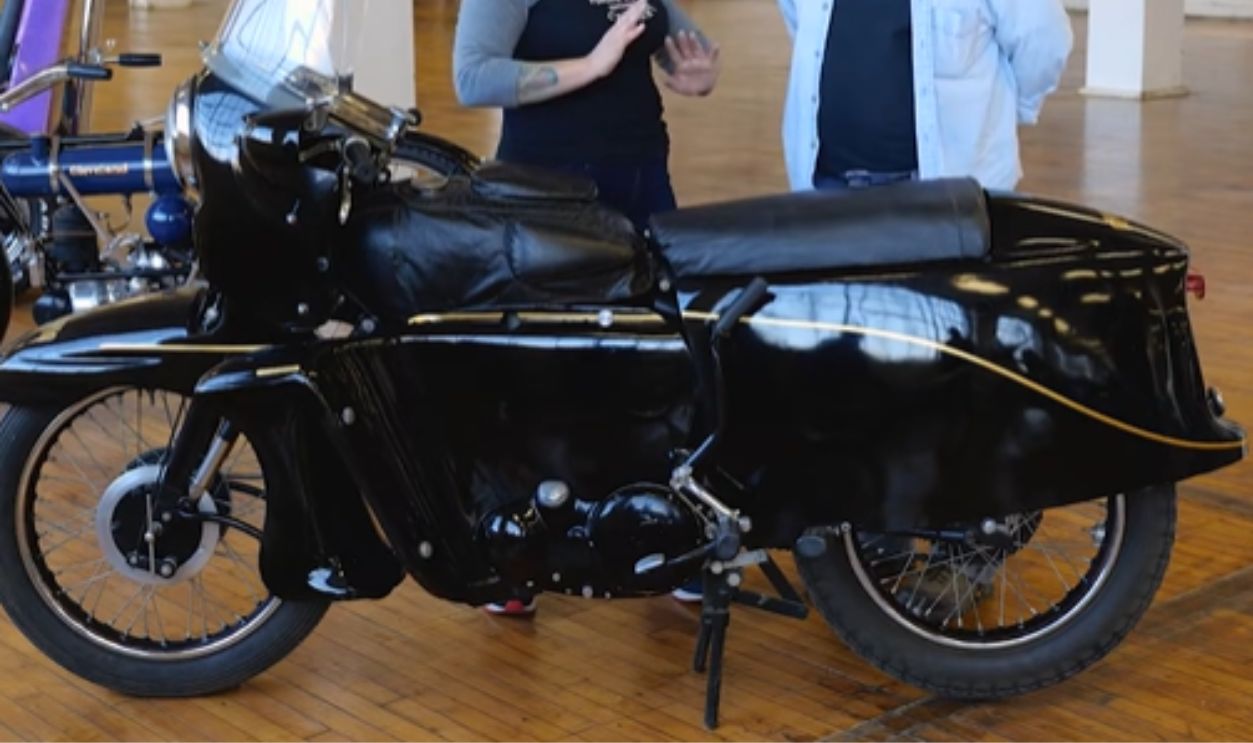 Ultra Rare 1955 Vincent Black Prince by Motorcycle & Powersports News
Ultra Rare 1955 Vincent Black Prince by Motorcycle & Powersports News
1955 Vincent Black Prince (Cont.)
In December 1955, production of the Black Prince came to a halt due to Vincent Motorcycles' financial struggles. The high price tag—exceeding that of a small car—combined with limited public appeal and the motorcycle's futuristic styling, which some found too radical for the time, contributed to its low sales.
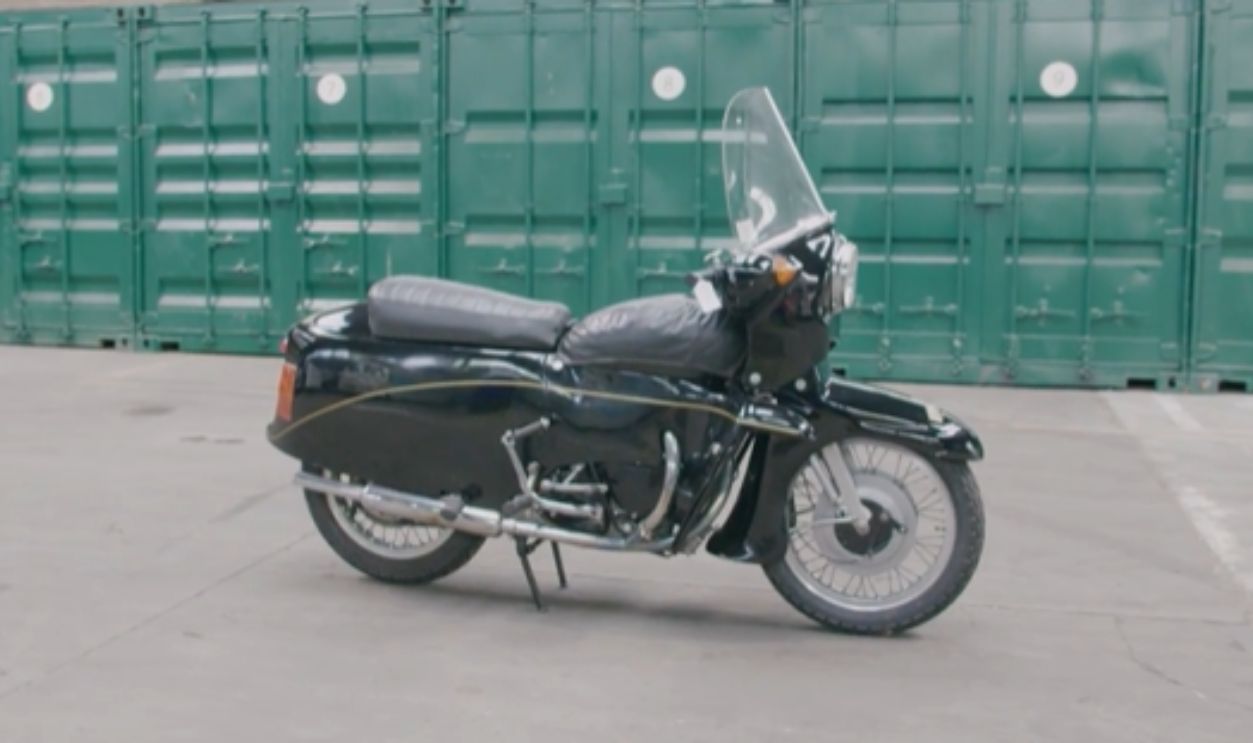 LOT 591 - c.1955 Vincent 998cc 'Black Prince' Replica by Bonhams Motorcycles
LOT 591 - c.1955 Vincent 998cc 'Black Prince' Replica by Bonhams Motorcycles
1989 Honda GB500 TT
Honda paid homage to British café racers by featuring classic styling cues like clip-on handlebars and a solo seat on the Honda GB500 TT. The air-cooled 500cc single-cylinder engine delivered period-correct performance while meeting modern emissions standards. Every detail referenced motorcycling's golden age.
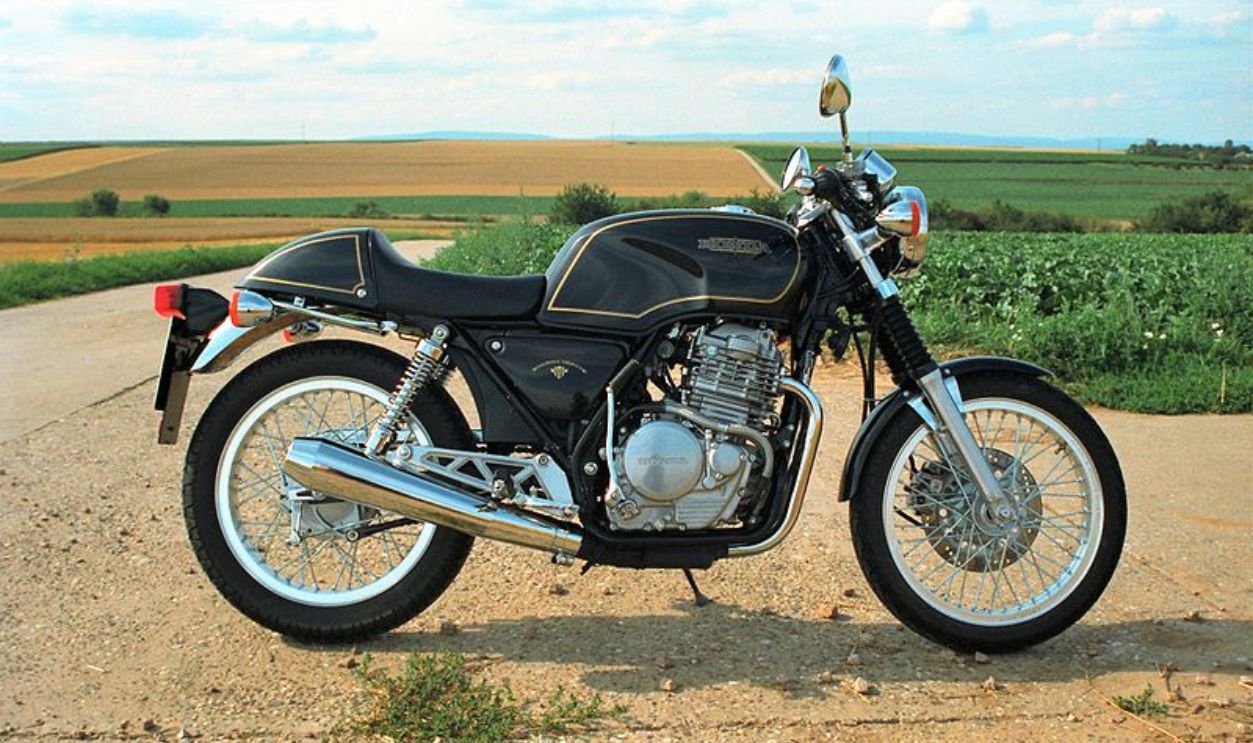 Ulf Potschien, CC BY-SA 3.0, Wikimedia Commons
Ulf Potschien, CC BY-SA 3.0, Wikimedia Commons
1989 Honda GB500 TT (Cont.)
Despite its retro appeal, the GB500 TT didn't find success in the U.S. market. Its retro concept was ahead of its time, and American buyers were less interested in a medium-displacement single-cylinder motorcycle, especially at a premium price. Honda discontinued the model in just two years.
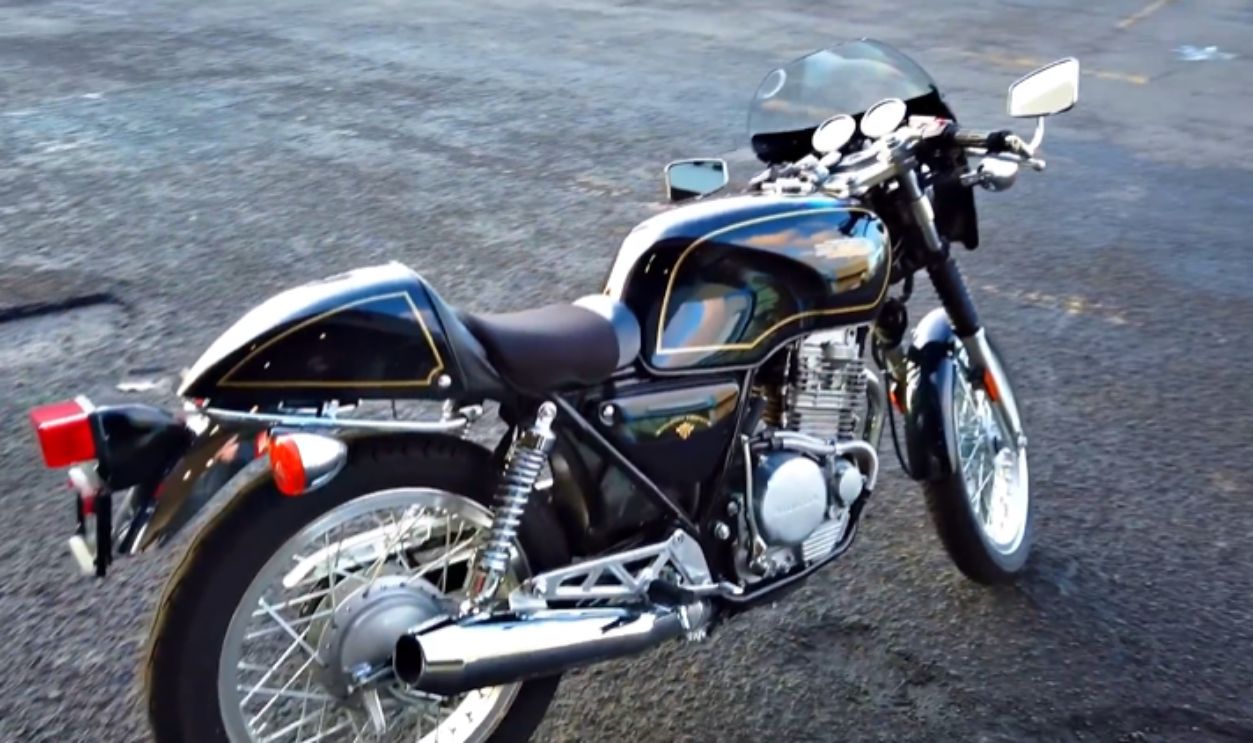 1989 Honda GB500TT!! • 2010 Spyder RT SM5! | TheSmoaks Vlog_1541 by TheSmoaksVlogs
1989 Honda GB500TT!! • 2010 Spyder RT SM5! | TheSmoaks Vlog_1541 by TheSmoaksVlogs
1985 Suzuki RG500 Gamma
This road-legal Grand Prix replica packed a screaming two-stroke square-four engine producing 95 horsepower. The Gamma's advanced features included an aluminum frame, full fairing, and anti-dive front forks. Then its power delivery and handling mimicked Suzuki's racing machines.
1985 Suzuki RG500 Gamma (Cont.)
Production lasted only three years, with most units sold in Japan and Europe. Stringent emissions regulations and rising insurance costs made two-stroke street bikes harder to sell, particularly in the U.S. The RG500 represented the peak of road-going two-stroke development, but it never achieved widespread success.
1935 Böhmerland
The extended wheelbase on this bad boy accommodated up to three riders on separate seats. And its 603cc single-cylinder engine drove the rear wheel through an exposed drive chain. Produced by Czechoslovakian manufacturer Böhmerland, it was one of the longest production motorcycles of its time.
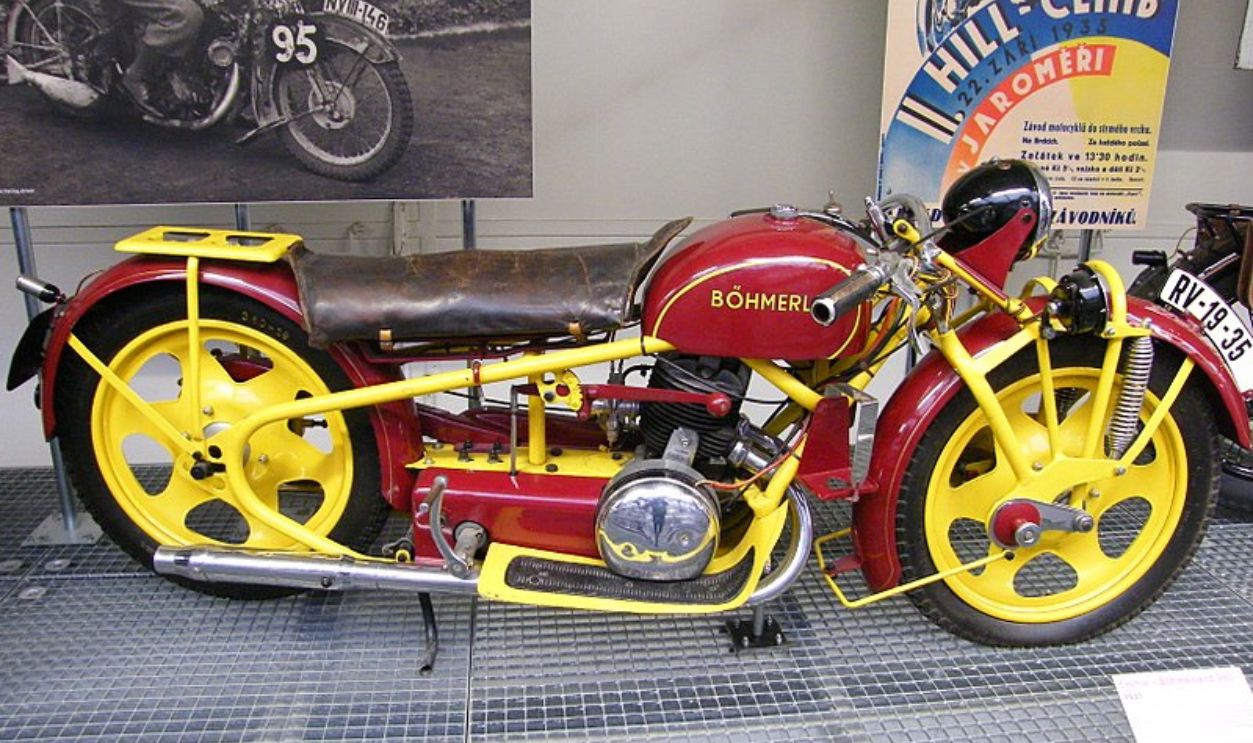 Addvisor, CC BY-SA 4.0, Wikimedia Commons
Addvisor, CC BY-SA 4.0, Wikimedia Commons
1935 Böhmerland (Cont.)
Production methods were largely small-scale and hand-crafted, and this limited output to just 775 machines over 15 years. WWII and the subsequent Communist takeover of Czechoslovakia brought an end to Böhmerland production. Today, fewer than 30 models are known to exist.
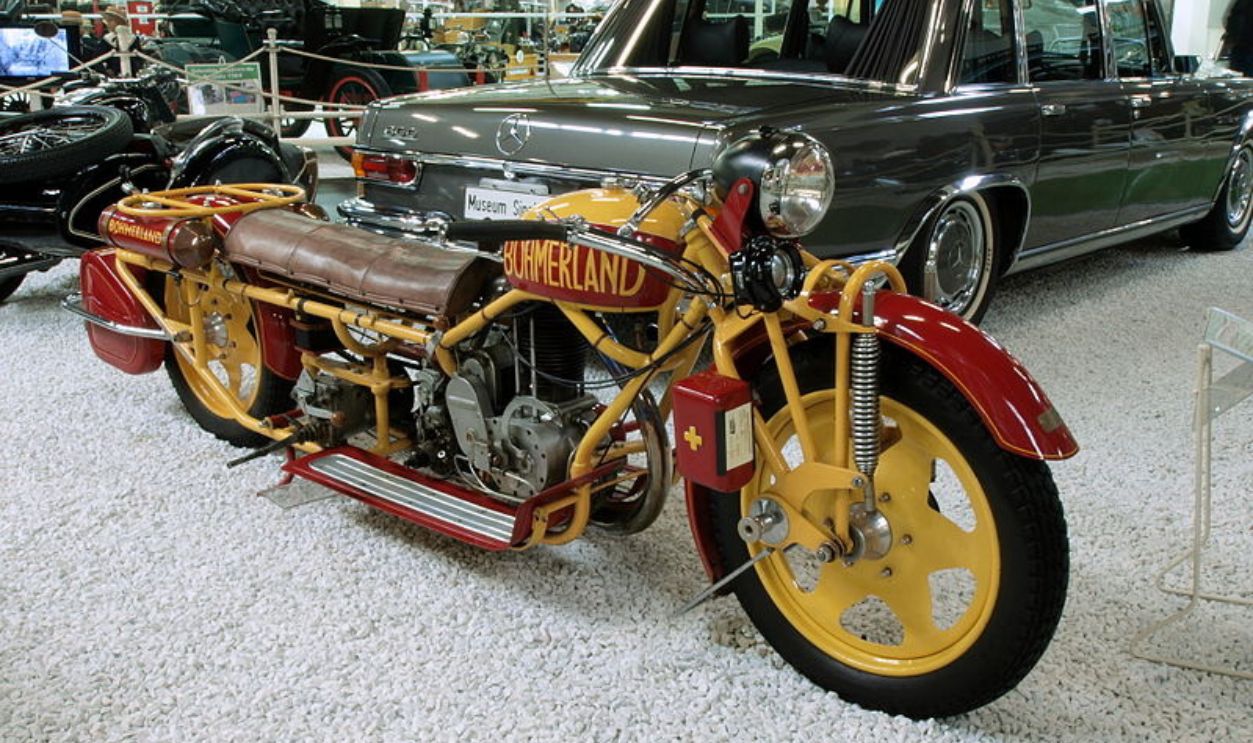 Alf van Beem, CC0, Wikimedia Commons
Alf van Beem, CC0, Wikimedia Commons
1934 Majestic
The Majestic was a French motorcycle unlike any other, with a striking art deco design and an innovative monocoque chassis. Its fully enclosed bodywork gave it a futuristic, streamlined appearance that turned heads wherever it went. It was powered by a modest single-cylinder or V-twin engine.
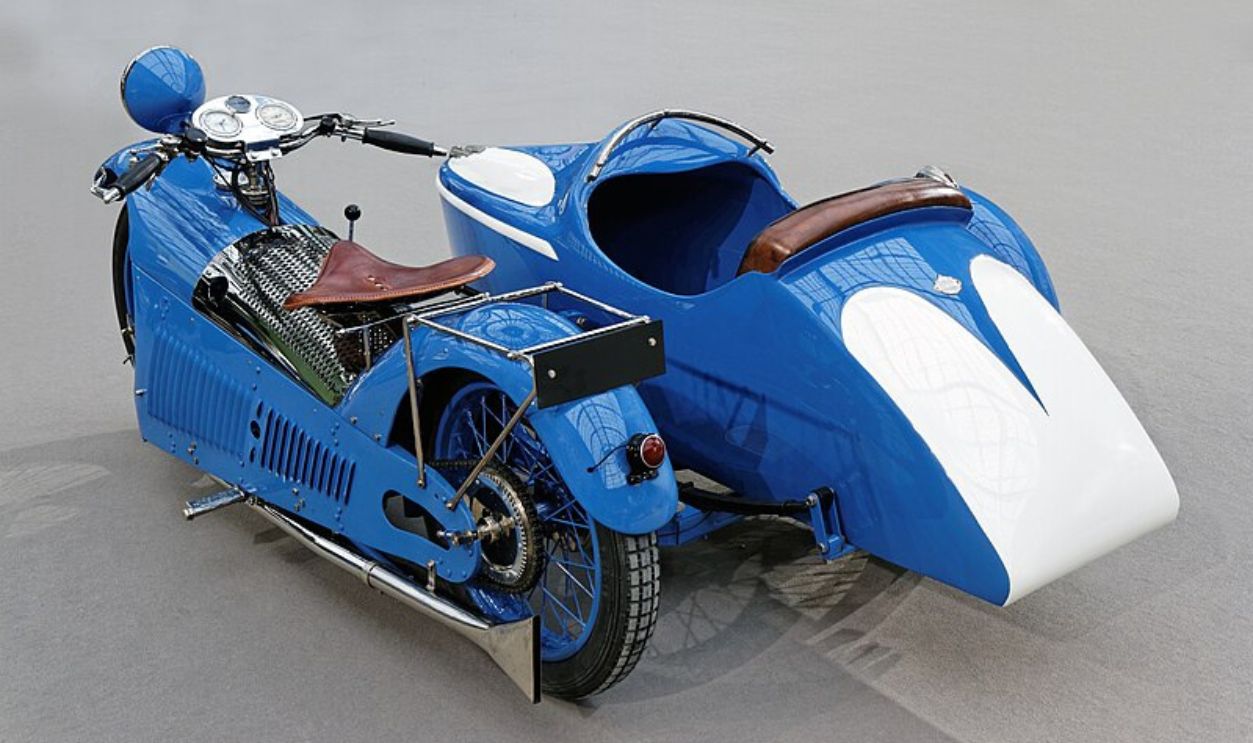 Thesupermat, CC BY-SA 4.0, Wikimedia Commons
Thesupermat, CC BY-SA 4.0, Wikimedia Commons
1934 Majestic (Cont.)
The problem? This creation struggled to gain traction in the market. Traditional motorcyclists found it too unconventional, while car enthusiasts dismissed it as underpowered. Limited production numbers and the challenges of the Great Depression also sealed its fate. Today, the Majestic is a highly sought-after collector's piece.
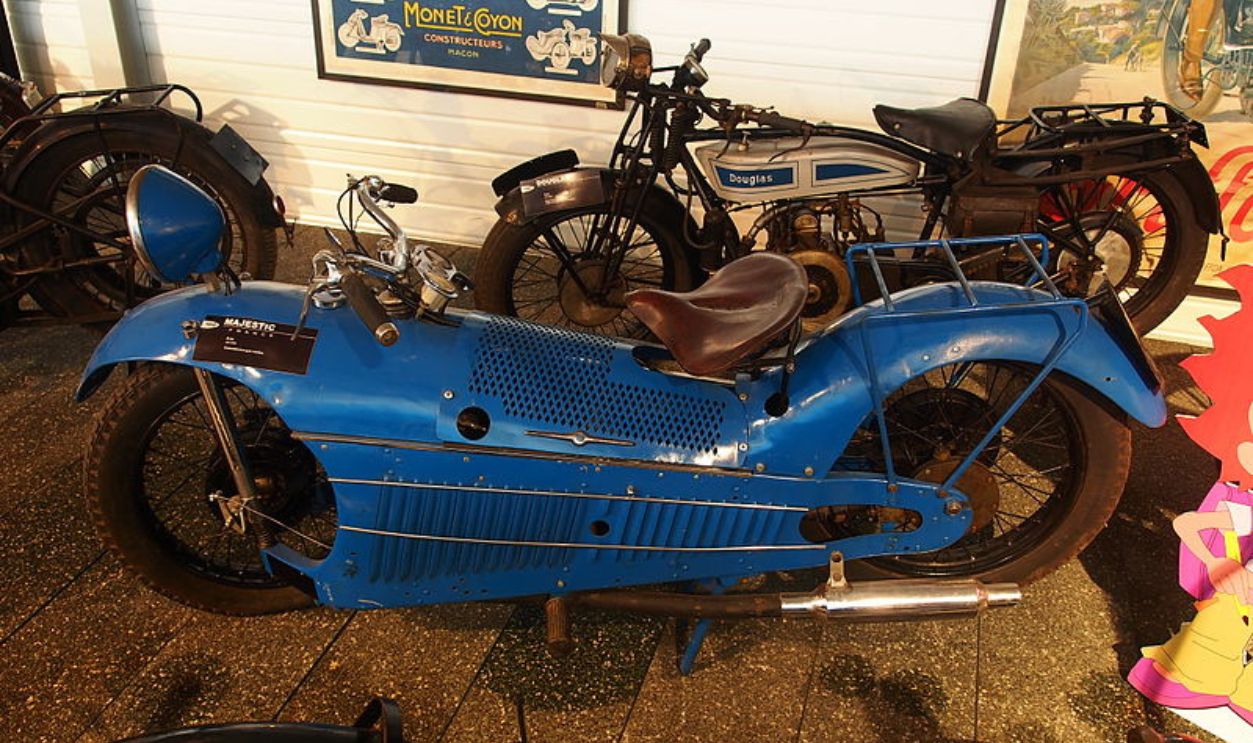 Alf van Beem, CC0, Wikimedia Commons
Alf van Beem, CC0, Wikimedia Commons
1997 Bimota V-Due
Italian boutique manufacturer Bimota attempted to reinvent the two-stroke engine with direct fuel injection. The Bimota V-Due had a 500cc V-twin producing 110 horsepower and the brand promised reduced emissions and improved fuel economy. Like most Bimota models, this one was also a handbuilt model.
1997 Bimota V-Due (Cont.)
The biggest issue with the Bimota V-Due was the fuel injection problems that plagued early production models, eventually leading to numerous warranty claims. Bimota even had to recall all 340 bikes produced and offer refunds to its customers. The financial strain contributed to the company's bankruptcy in 2000.
1958 Ariel Leader
The 1958 Ariel Leader is a British creation by Ariel which was a fully-enclosed motorcycle to compete with small cars. This ride had a pressed-steel frame containing the fuel tank which was weather protected. Some advanced features included a unit construction engine and enclosed chain drive.
1958 Ariel Leader (Cont.)
It sounds like a winner, right? Well, due to the complex construction, the Ariel Leader was expensive to manufacture. Its unique styling, which was more akin to a scooter than a traditional motorcycle, also alienated some traditional motorcyclists. Despite positive reviews, sales remained below expectations, and consequently, production ended in 1965.
1983 Yamaha RZ500
Another Yamaha motorcycle, the RZ500 ultimate two-stroke street bike, used a liquid-cooled V4 engine configuration inspired by Kenny Roberts' GP racers. Its 50-degree cylinder layout allowed for perfect primary balance without counterbalancers. Power output exceeded 88 horsepower at 9,500 rpm.
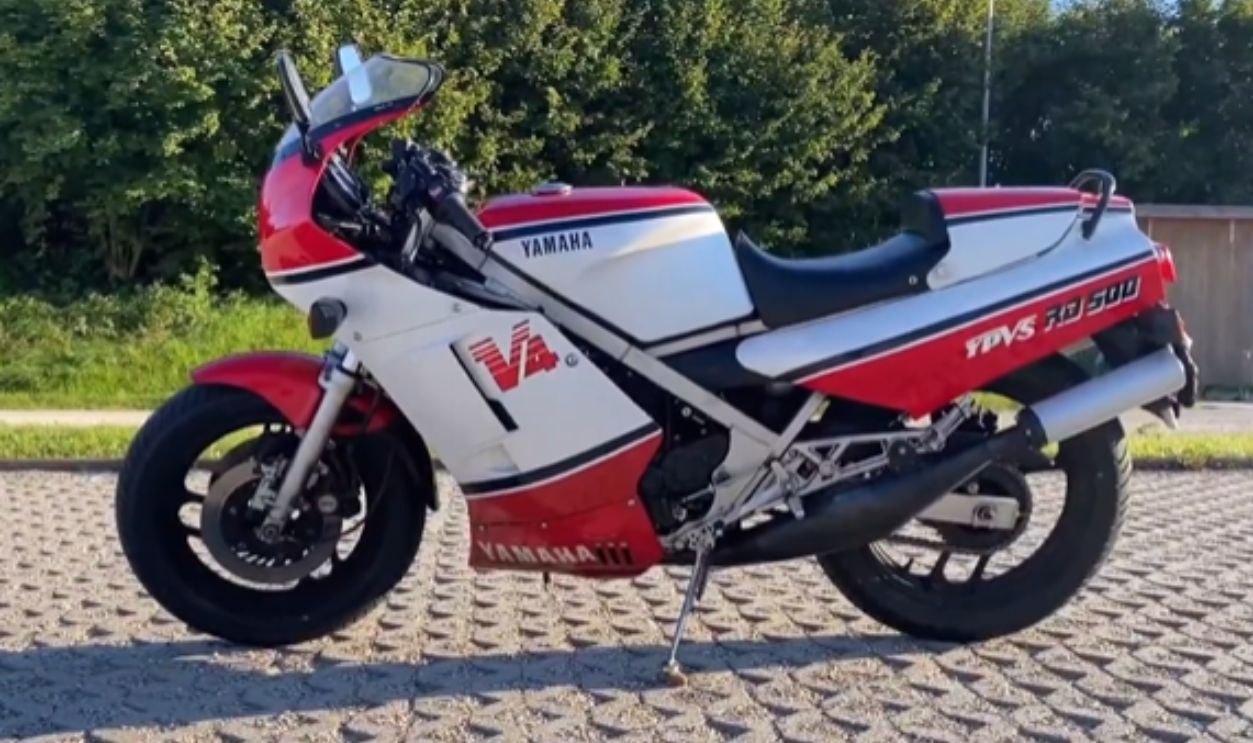 Yamaha RZ500 - A Two Stroke Sportbike Icon by Revving Heart
Yamaha RZ500 - A Two Stroke Sportbike Icon by Revving Heart
1983 Yamaha RZ500 (Cont.)
Emissions regulations in the U.S. prevented RZ500 sales there, while high production costs limited its availability in other regions. Between 1984 and 1986, only 13,000 units were produced. The RZ500 also marked the end of large-displacement two-stroke street bikes from major manufacturers as regulations pushed for cleaner alternatives.
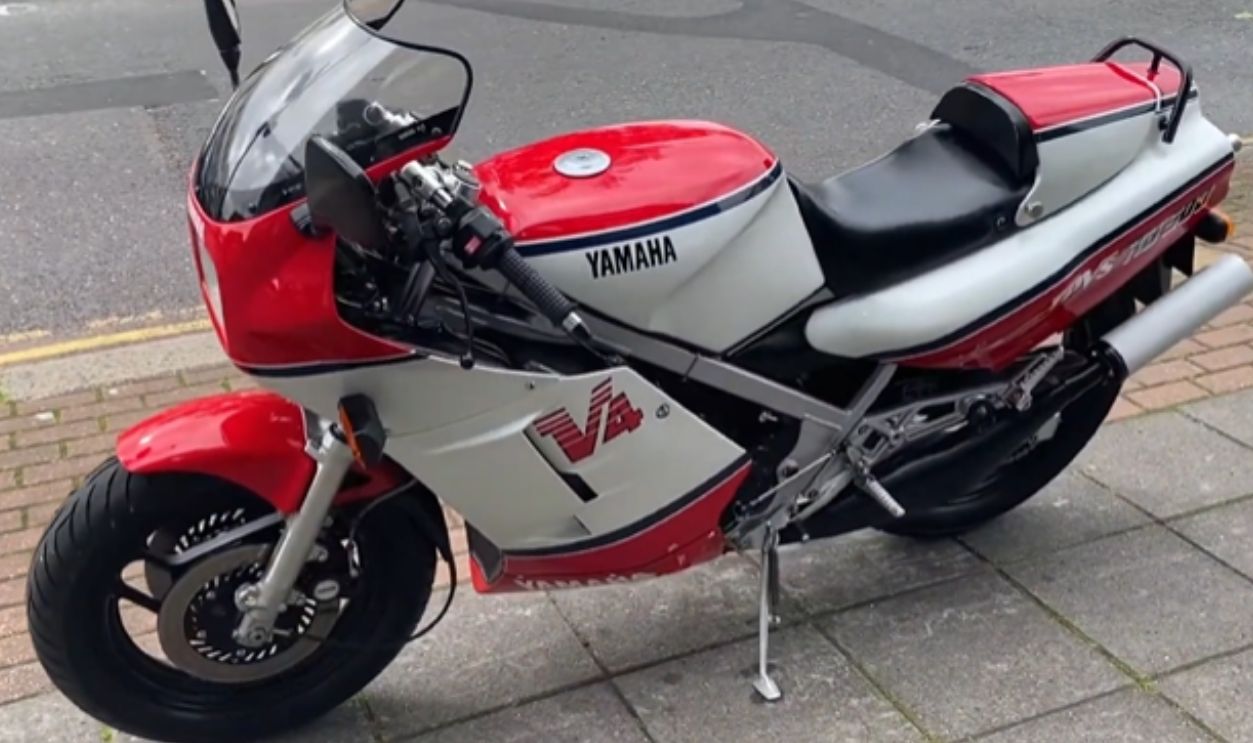 Yamaha RZ500 - A Two Stroke Sportbike Icon by Revving Heart
Yamaha RZ500 - A Two Stroke Sportbike Icon by Revving Heart
1949 Imme R100
After WWII, a German engineer Norbert Riedel made the lightweight Imme R100. This creation was a single-cylinder two-stroke engine which formed part of the swingarm which eliminated the need for a conventional transmission. The minimalist design prioritized simplicity and efficiency in construction and operation.
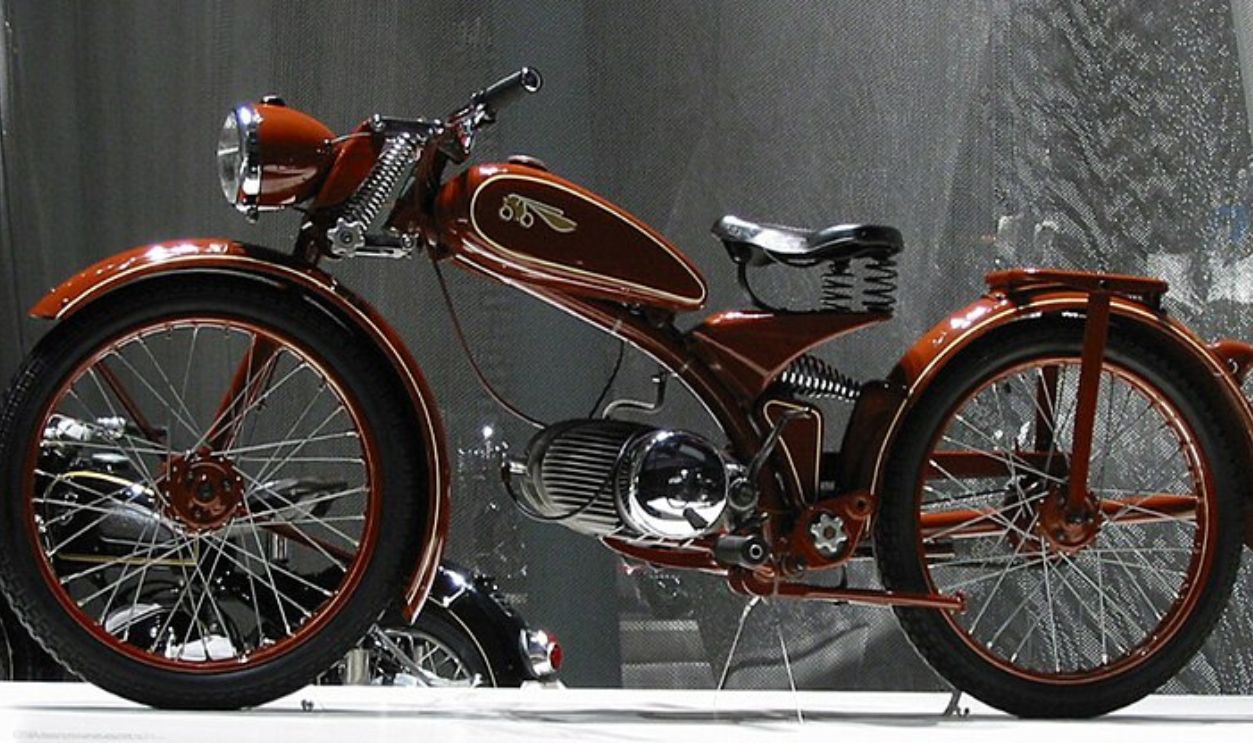 Robert Kimberly, CC BY-SA 2.0, Wikimedia Commons
Robert Kimberly, CC BY-SA 2.0, Wikimedia Commons
1949 Imme R100 (Cont.)
In the early 1950s, production problems and financial difficulties ended manufacturing after just 12,000 units were made. The innovative engine/swingarm design proved problematic in real-world use due to issues with durability and maintenance. Giving credit where credit's due: his ideas influenced later motorcycle development.
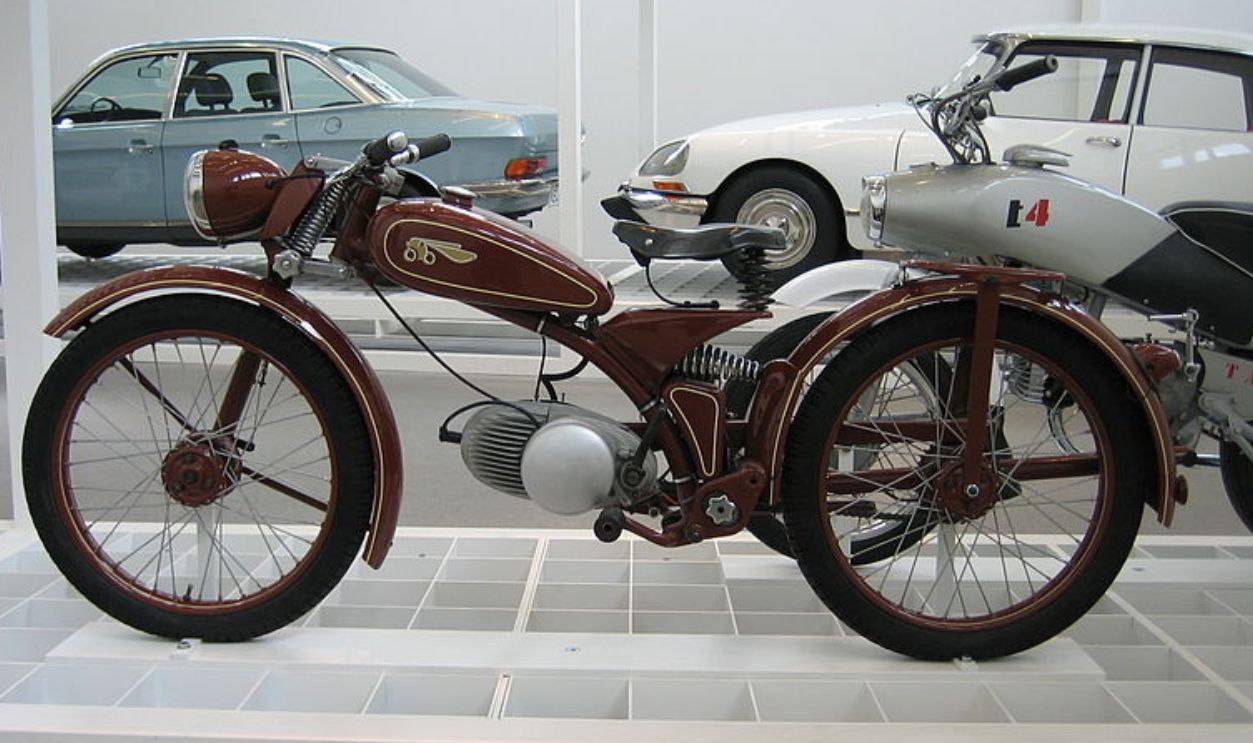 Unknown author, Wikimedia Commons
Unknown author, Wikimedia Commons
1990 Norton F1
The 1990 Norton F1 was a rotary-powered sportbike that represented Britain's final major attempt to compete against Japanese dominance in the sportbike sector. Each bike was hand-assembled at Norton's Lichfield factory. Its liquid-cooled twin-rotor engine produced 95 horsepower, delivering a distinctive howl through the under-seat exhaust.
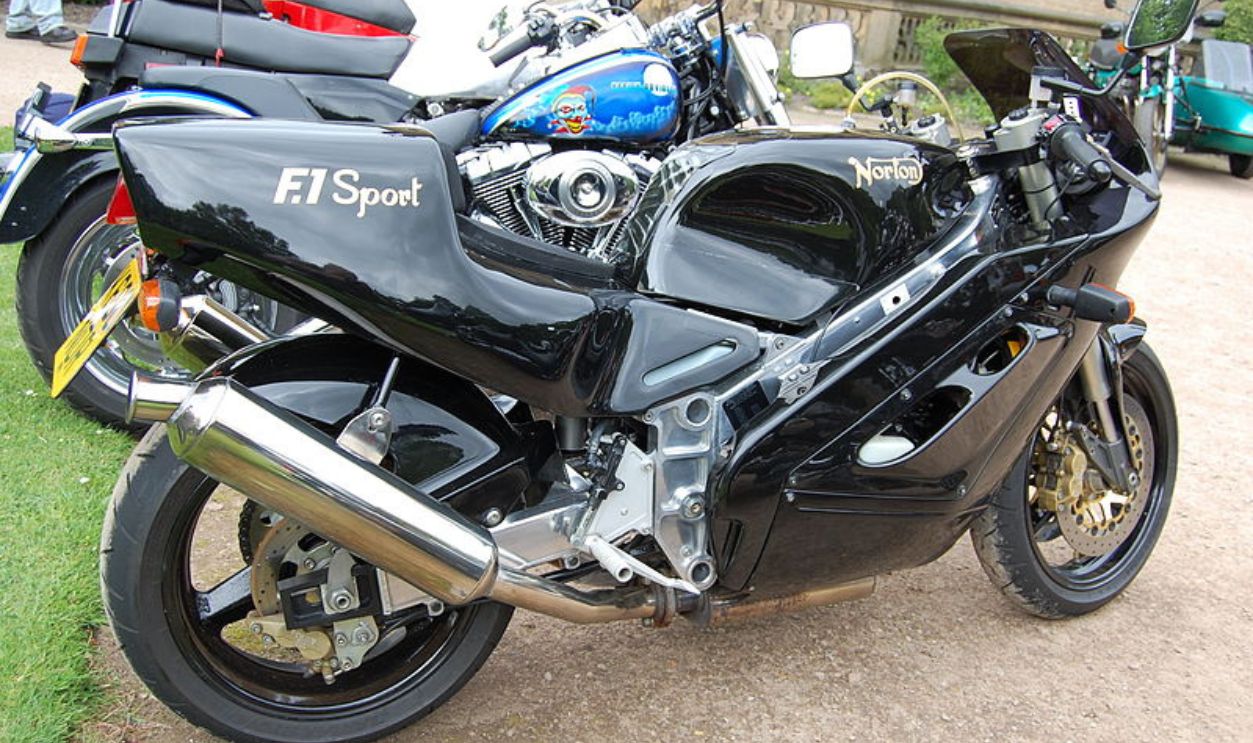 Ronald Saunders, CC BY-SA 2.0, Wikimedia Commons
Ronald Saunders, CC BY-SA 2.0, Wikimedia Commons
1990 Norton F1 (Cont.)
Some of the reasons Norton ceased motorcycle production in 1992 was high production costs of the Norton F1 and limited appeal restricted sales to just 145 units over two years. The rotary engine's fuel consumption and maintenance requirements also discouraged many potential buyers.
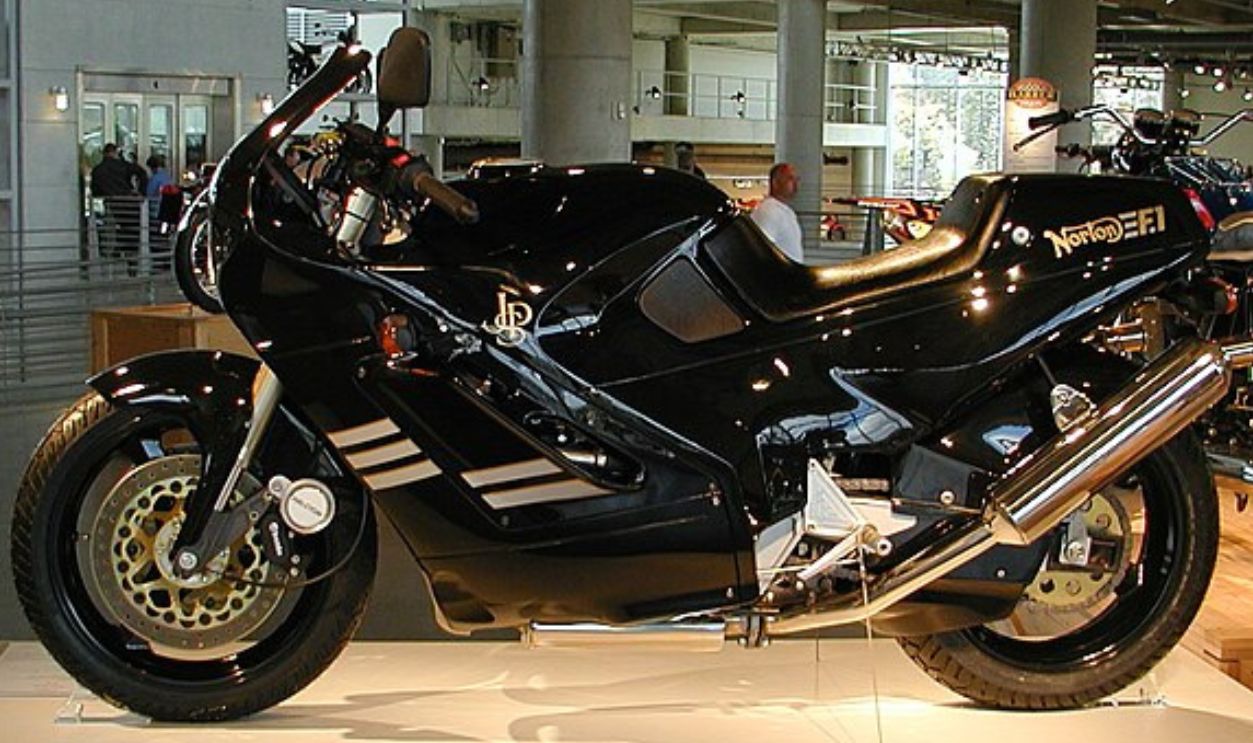 MikeSchinkel, CC BY 2.0, Wikimedia Commons
MikeSchinkel, CC BY 2.0, Wikimedia Commons
1962 Marusho Lilac
In 1962, a Japanese manufacturer Marusho went outside the norm and challenged domestic rivals with this sophisticated shaft-drive motorcycle. The longitudinally-mounted flat-twin engine mimicked BMW's proven design while adding Japanese reliability. Build quality matched the best European machines. A best-seller, right?
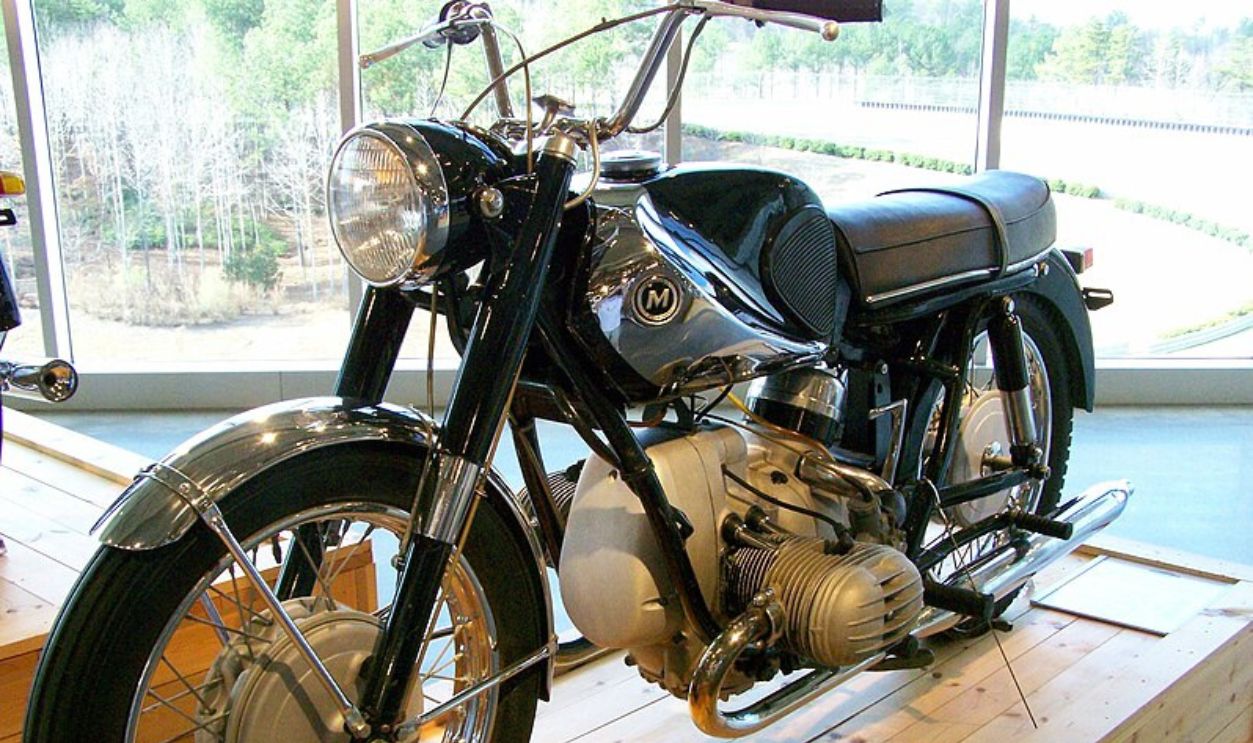 Chuck Schultz, CC BY-SA 2.0, Wikimedia Commons
Chuck Schultz, CC BY-SA 2.0, Wikimedia Commons
1962 Marusho Lilac (Cont.)
Wrong! Marusho declared bankruptcy in 1967. It was riddled with financial difficulties and this forced production to end after only 2,000 units. The company attempted to establish an American dealer network to revive the brand but that was also a bit expensive.
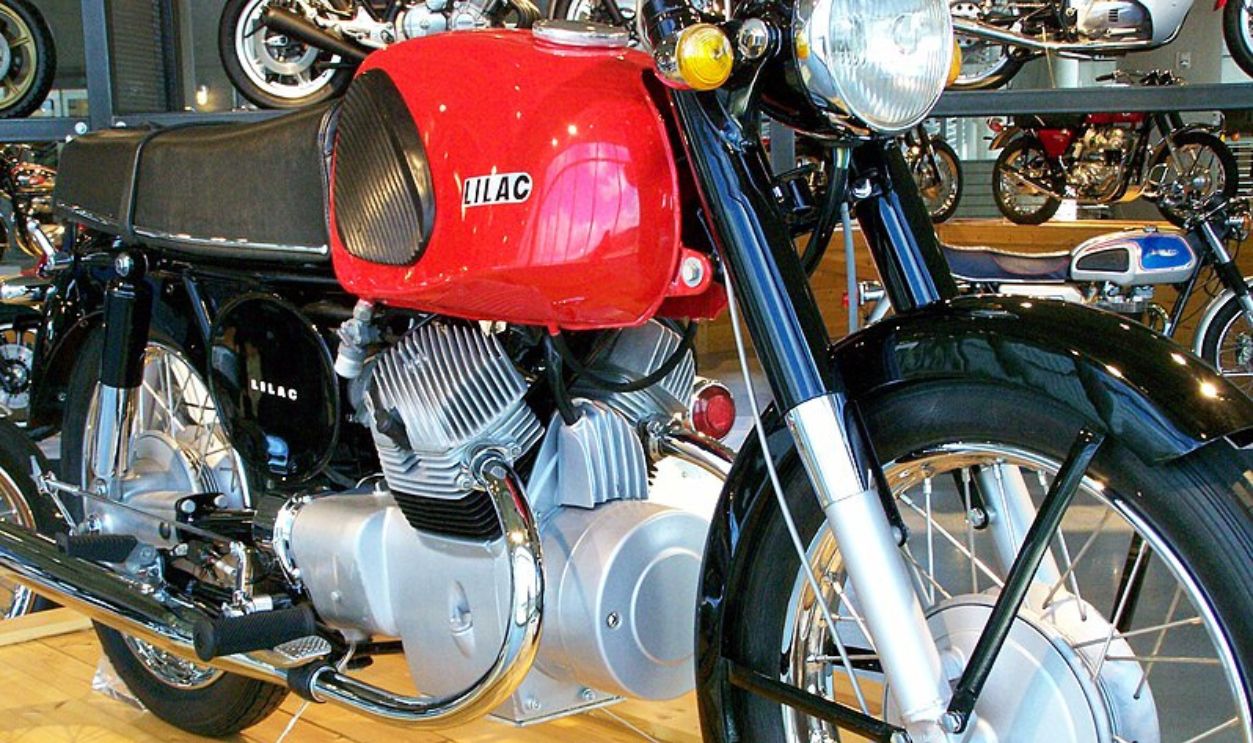 Chuck Schultz, CC BY-SA 2.0, Wikimedia Commons
Chuck Schultz, CC BY-SA 2.0, Wikimedia Commons
1924 Ace Four
The 1924 Ace Four was the brainchild of William Henderson, an American engineer who, after selling his Henderson Motorcycle Company to Ignaz Schwinn in 1917, created the Ace Motorcycle Company. The Ace Four featured an advanced inline four-cylinder engine with overhead inlet valves, producing 45 horsepower.
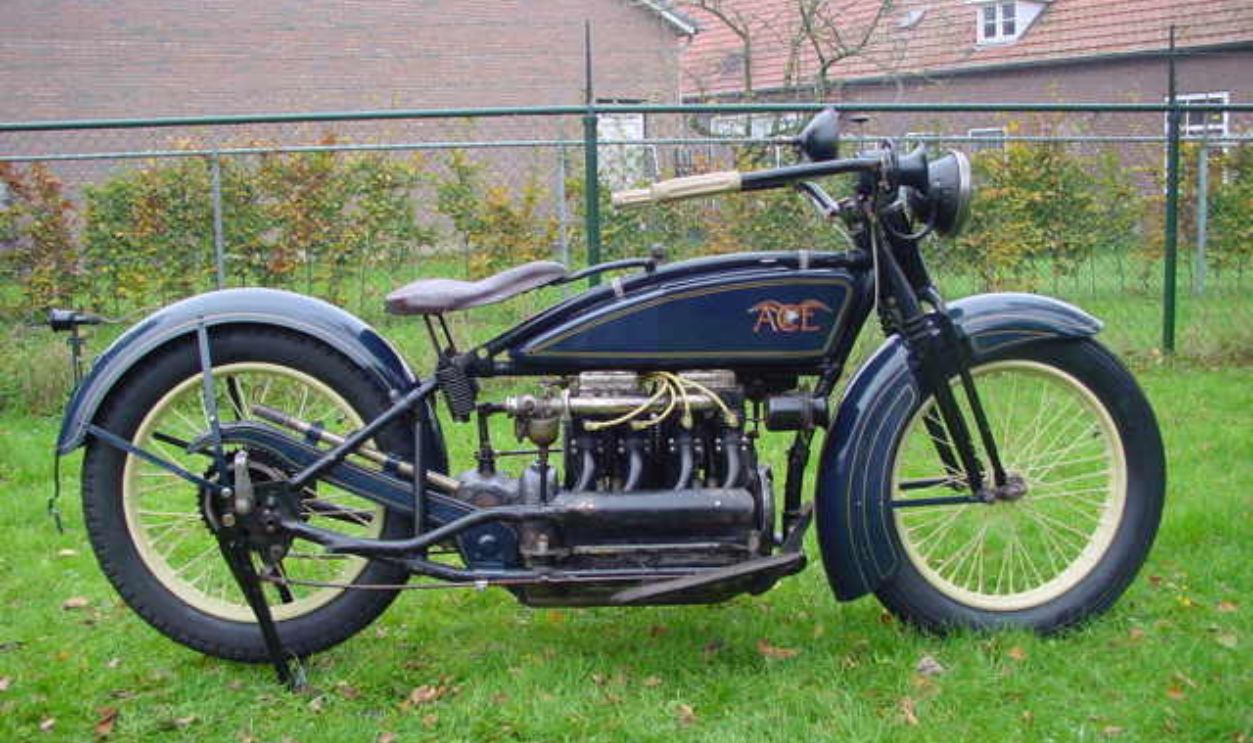 Yesterdays Antique Motorcycles en Classic Motorcycle Archive, CC BY-SA 3.0, Wikimedia Commons
Yesterdays Antique Motorcycles en Classic Motorcycle Archive, CC BY-SA 3.0, Wikimedia Commons
1924 Ace Four (Cont.)
After William Henderson's death in 1922, the Ace Motorcycle Company struggled financially, and this led to its receivership in 1924. That same year, the Indian Motorcycle Company purchased the design rights for the Ace Four and continued its production under the name Indian Ace.
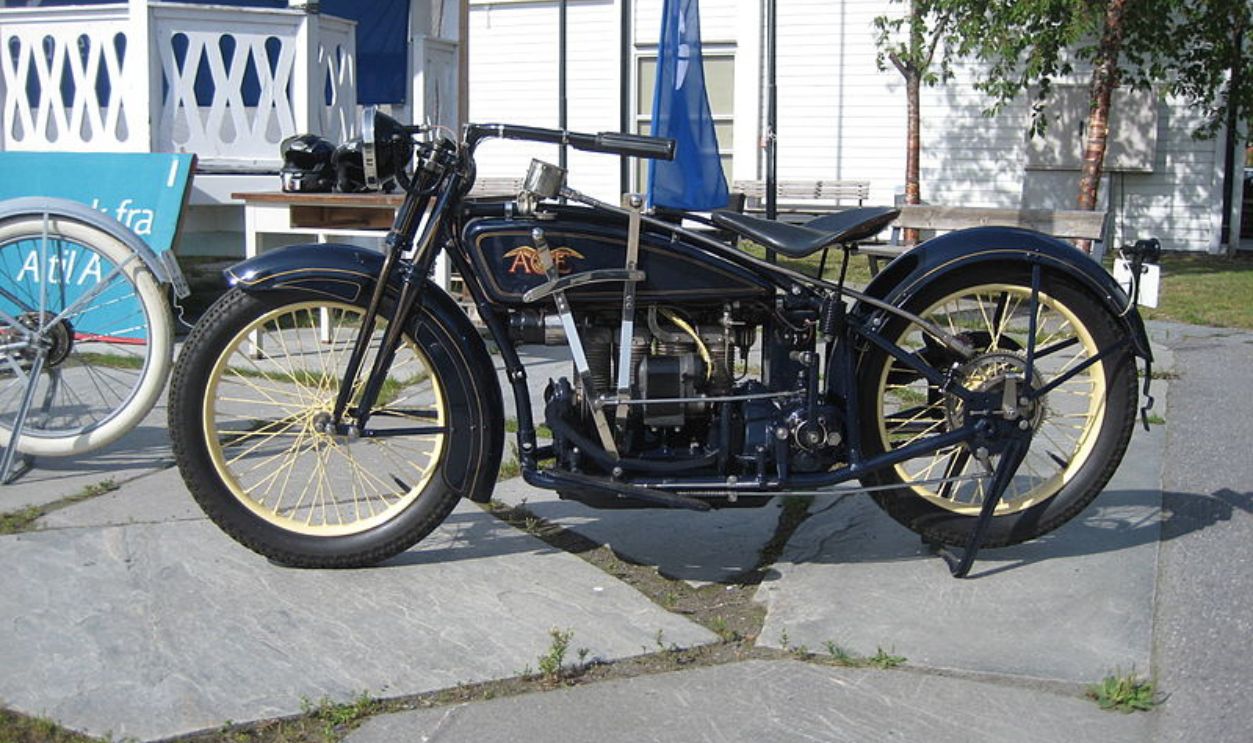 Kjenshaugmyra, CC BY-SA 4.0, Wikimedia Commons
Kjenshaugmyra, CC BY-SA 4.0, Wikimedia Commons
1971 BSA-Triumph Rocket Three
This British triple combined BSA engineering with Triumph style in a bid to counter Honda's CB750. The 750cc three-cylinder engine produced 60 horsepower while maintaining traditional vertical twin vibration characteristics. Its advanced features included front disc brakes.
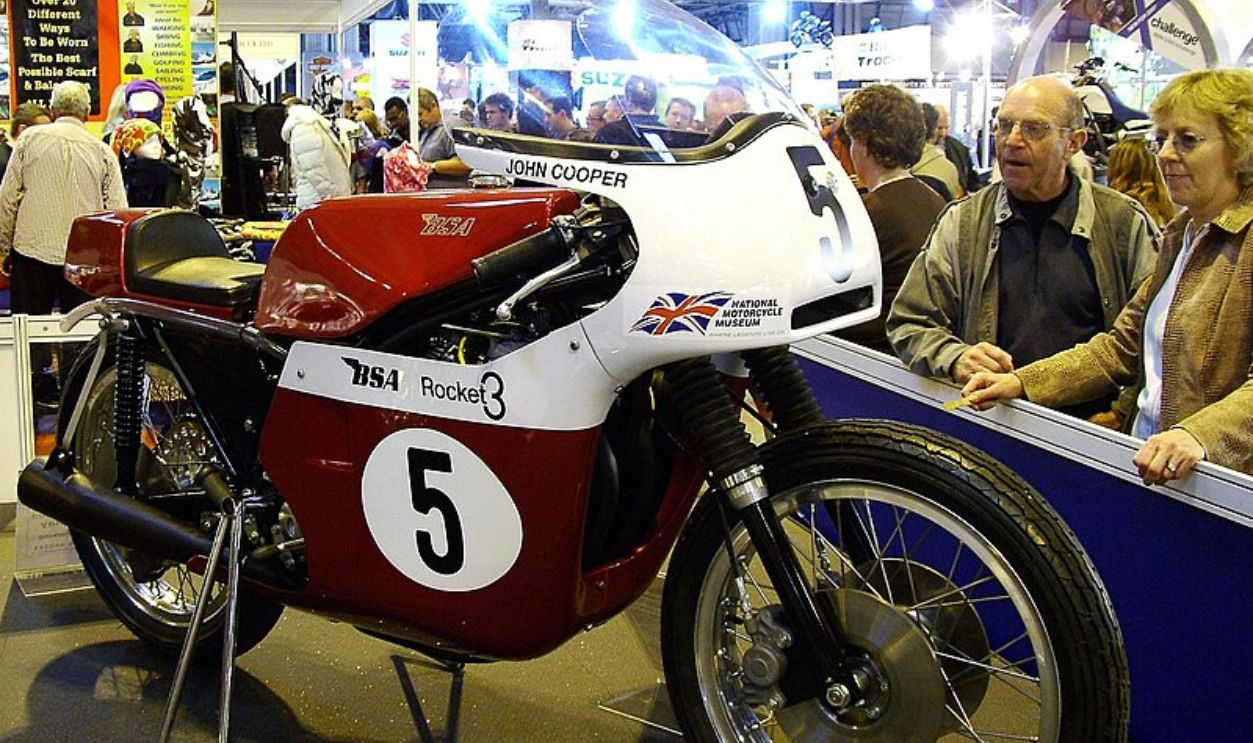 Reg Mckenna, CC BY 2.0, Wikimedia Commons
Reg Mckenna, CC BY 2.0, Wikimedia Commons
1971 BSA-Triumph Rocket Three (Cont.)
Despite the promising features, the Rocket Three faced challenges. Development costs and quality control issues strained the BSA Group's resources, and the bike's reliability was inconsistent. These issues, combined with fierce competition from Japanese manufacturers, led to the BSA Group's collapse in 1972, even after receiving government assistance.
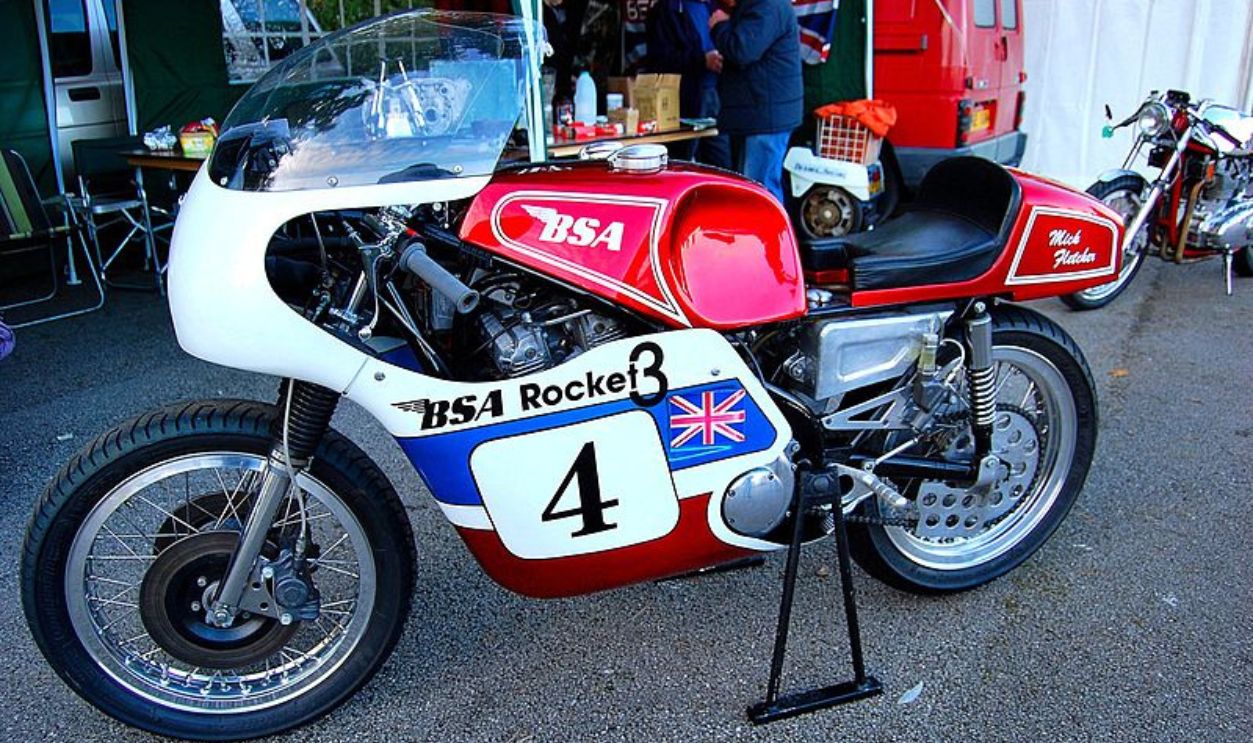 Ronald Saunders, CC BY-SA 2.0, Wikimedia Commons
Ronald Saunders, CC BY-SA 2.0, Wikimedia Commons
1920 ABC
British engineer Granville Bradshaw designed this sophisticated machine around a 400cc horizontally-opposed twin engine. Its advanced features included four-speed transmission, front and rear suspension, and overhead valves. The flat-twin configuration provided exceptional smoothness.
1920 ABC (Cont.)
Even with its technical prowess, the ABC was plagued by manufacturing complexities and post-WWI economic conditions. Production costs were three times higher than projected and it led to price increases. As a result, only about 3,000 units were produced before the company ended in 1921.


